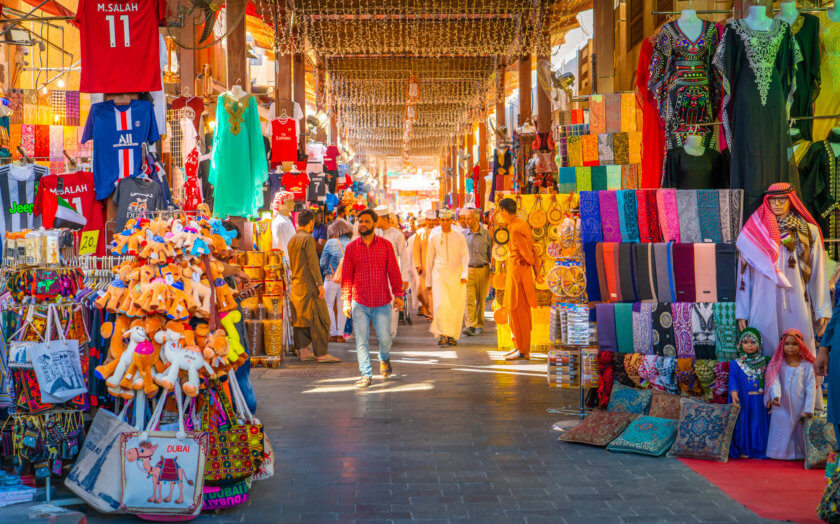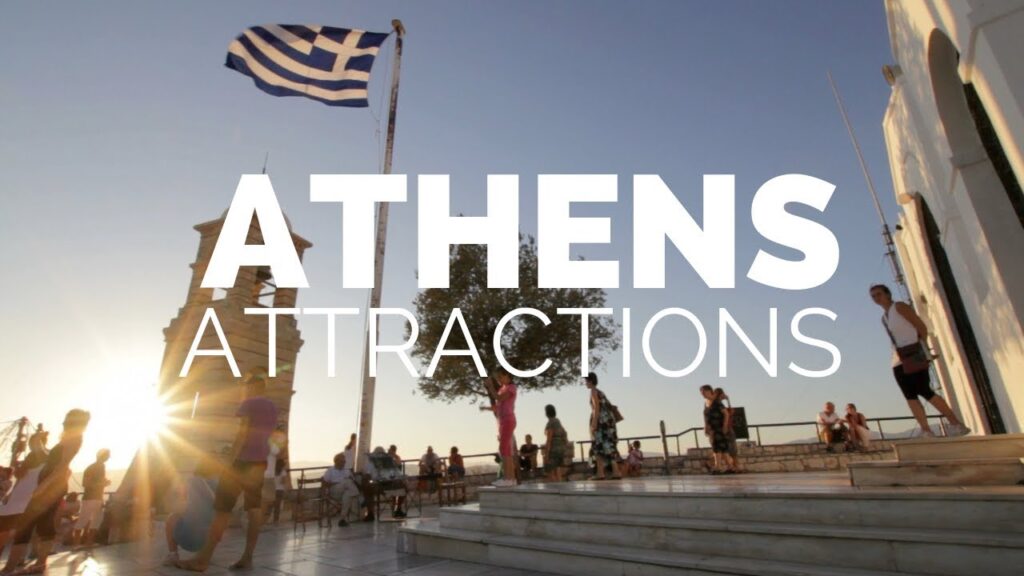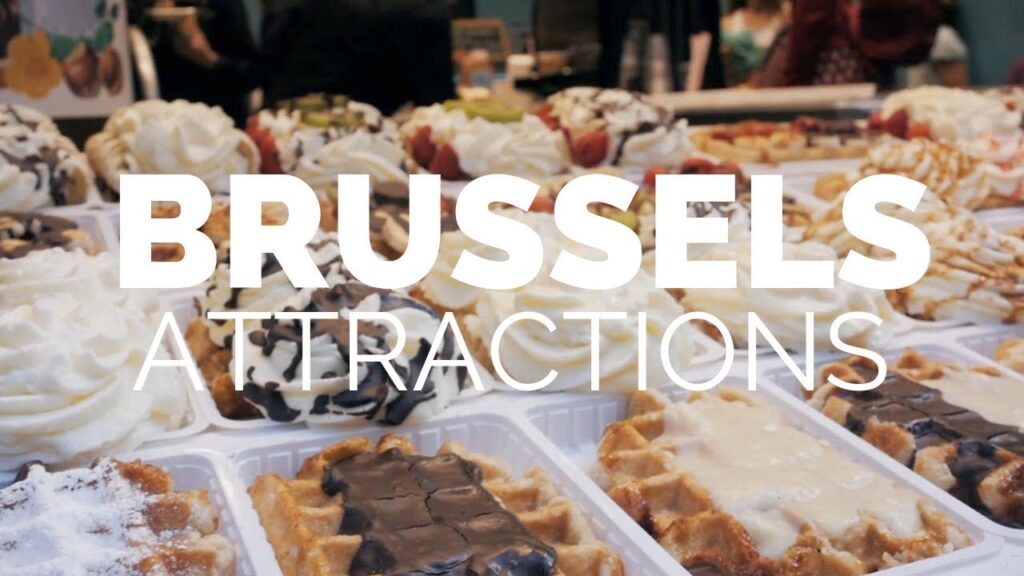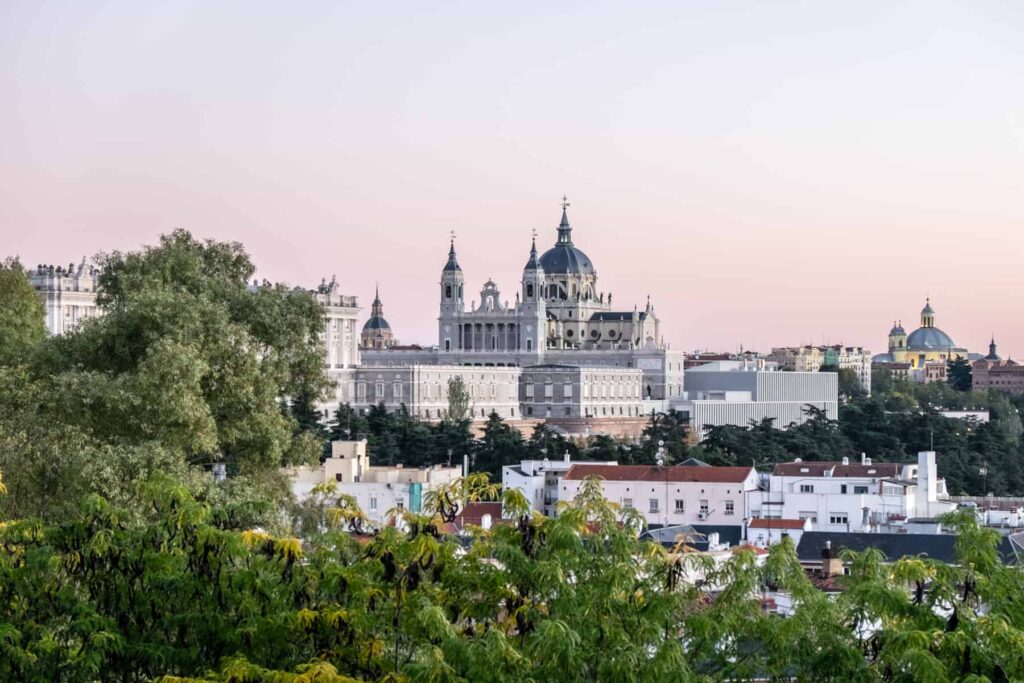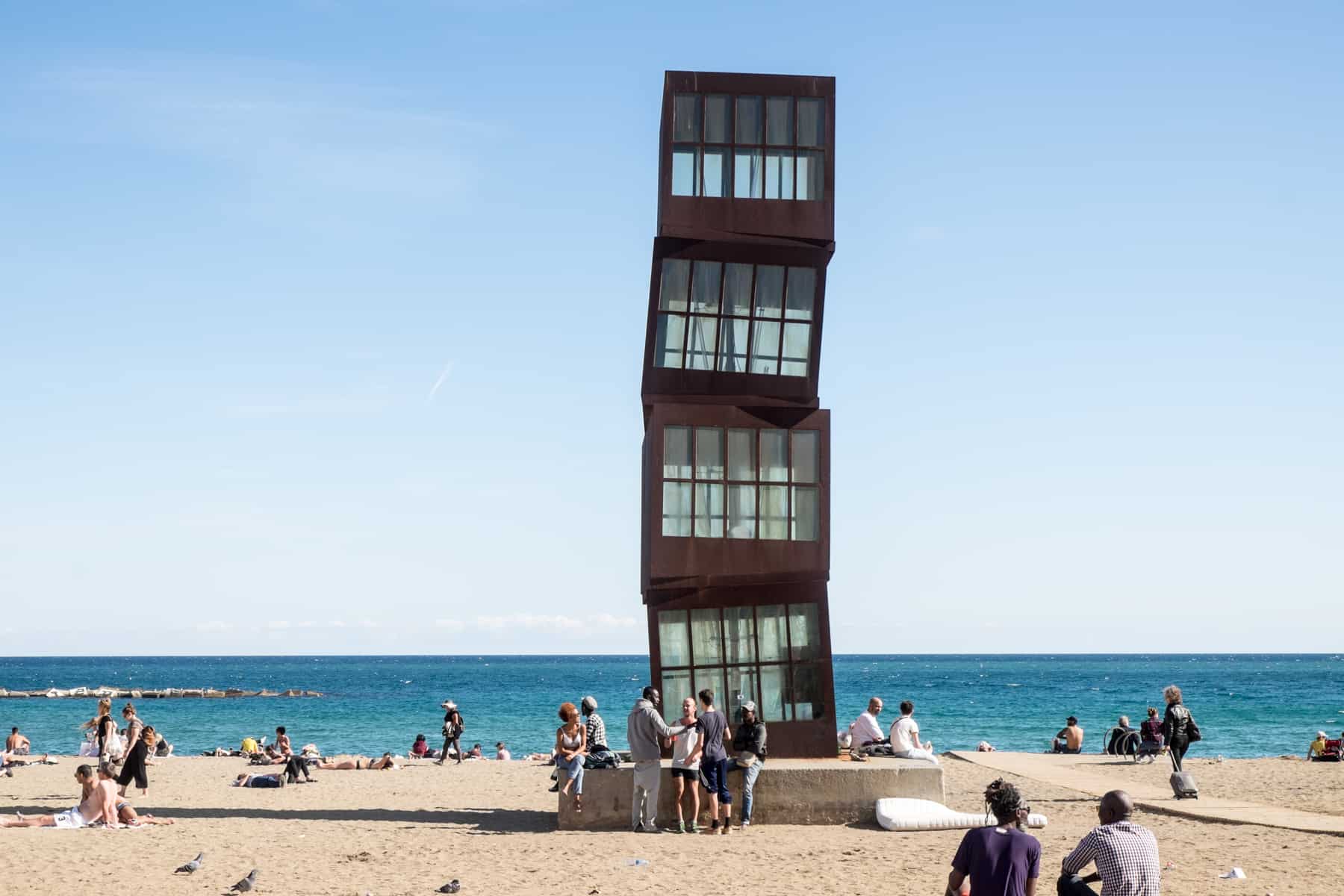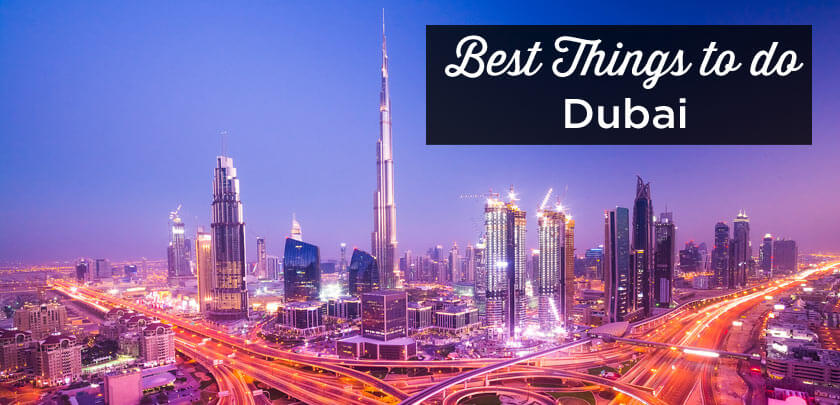Remarkable Places to Go in Spain
[ad_1]
Disclaimer: This post contains affiliate links to handpicked partners, including tours, gear and booking sites. If you click through or buy something via one of them, I may receive a small commission. This is at no extra cost to you and allows this site to keep running.
More than just a big city trip deserving of your attention, Madrid is also the epicentre for wider Spain travel. A capital city that sits in the middle of the country, it’s the optimal starting point to journey in any direction and explore one or more of Spain’s 17 regions.
Spain is the second biggest country in Western Europe after France. Still, its accessibility via the Renfe ‘Spanish High Speed’ AVE train network makes navigating different parts of the country and getting anywhere from Madrid by train easy. With the trains reaching speeds of up to 350 km per hour, you can travel from Santander on the north coast to Malaga in the south in 8 hours or western Salamanca to eastern Castellón de la Plana in 6. Madrid Atocha is the most common station change – the hub of the high-speed tracks.
READ MORE: Travel in Spain by Train: AVE Guide
Beyond Madrid, planning a myriad of Spain trips ultimately comes down to what city to choose, also factoring in travel time and ticket budget. To help you shortlist, I have gathered a selection of my personal highlights, the most searched for city trips by train from Madrid on the Renfe rail site, and the most remarkable places to go in Spain that set the stage of Spanish culture, history and landscape.
I can’t wait to get back on the (rail) road when we can travel again and head south to explore new ground.
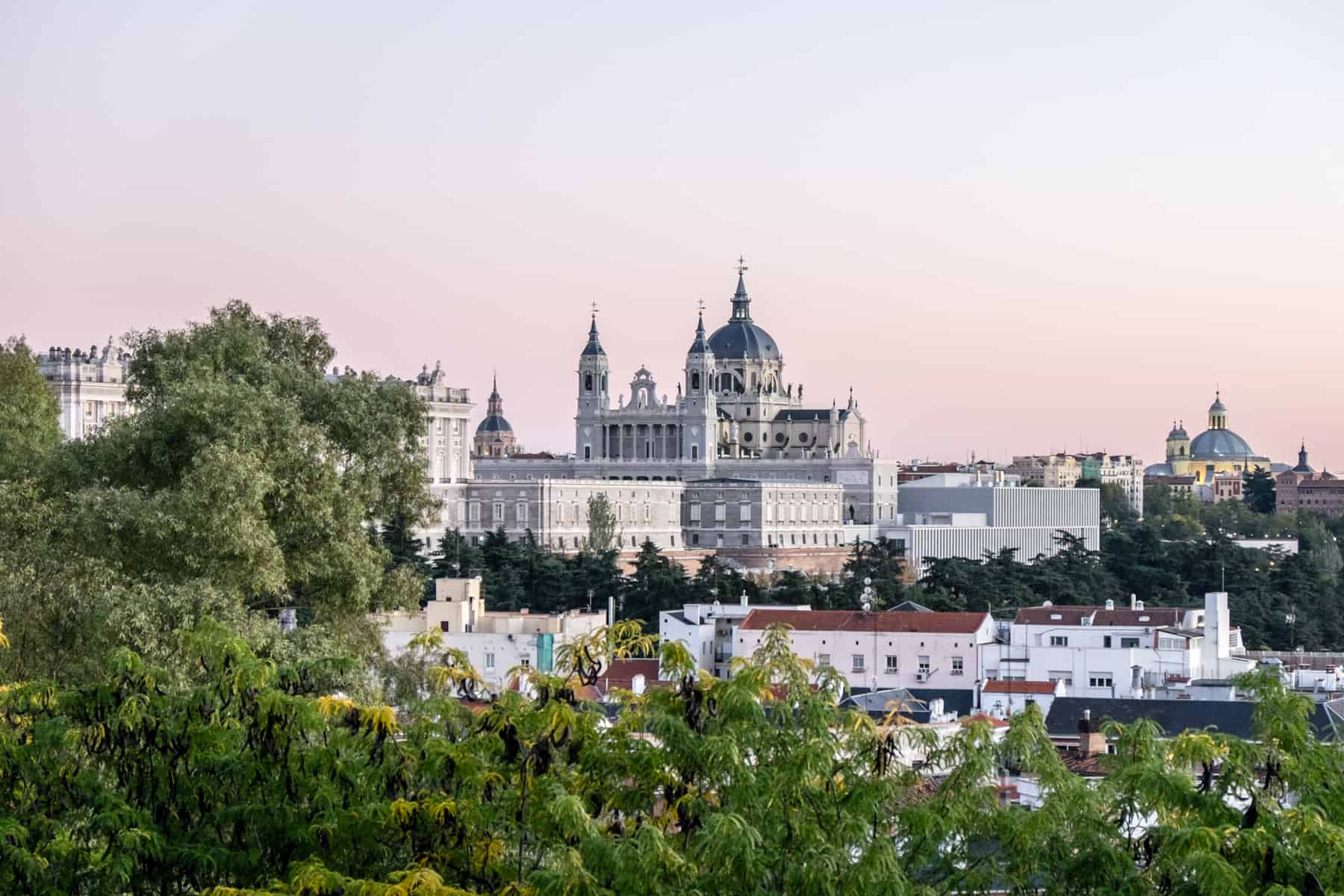
Remarkable Places to Go in Spain – Spain Trips From Madrid by Train
Madrid City Sightseeing
Train Stations: Madrid’s main train station is Madrid Atocha (Madrid Puerta de Atocha). It is also the largest railway station in the city, the central station for the high-speed AVE trains and home to a large botanical garden – a tropical greenhouse in the capital.
Is Madrid worth visiting? The dishevelled elegance of the capital jostles with the touristic and coastal Barcelona for visitor attention; still, I don’t think it should be bypassed, especially if you thrive in the momentum of big city life and having expansive ground to uncover.
You need ample time (three-four days) to explore the remaining threads of medieval history, the Renaissance Habsburg to the 19th-century neoclassical architectural styles, alongside the art museums, markets and the grungy and bohemian neighbourhoods. Madrid is a heady mix of grandiose sites and local subcultures, fuelled by a buzzing tapas bar culture, day and night. A walkable city, the best way to get around Madrid is by metro.
Highlights of Madrid
Madrid’s Royal Palace (Palacio Real de Madrid) is the largest in Europe, with over 3,000 rooms. Daily tours take you through the highlights, including the Main Staircase and the Royal Gallery. A stroll in the adjacent Sabatini Gardens provides green-set views of the palace, and the public viewing Changing of the Guard takes place every Wednesday and Saturday.
Plaza Mayor square is outlined by the pretty arched porticos of its market place past – once the heart of Old Madrid when it first became a capital during the reign of the Habsburg King Phillip III. Today’s bustling square is the Puerta del Sol, whose semi-circular thoroughfare is the junction for some of Madrid’s busiest streets. It was once the site of an old city gate and the starting point for all the major roads in Spain.
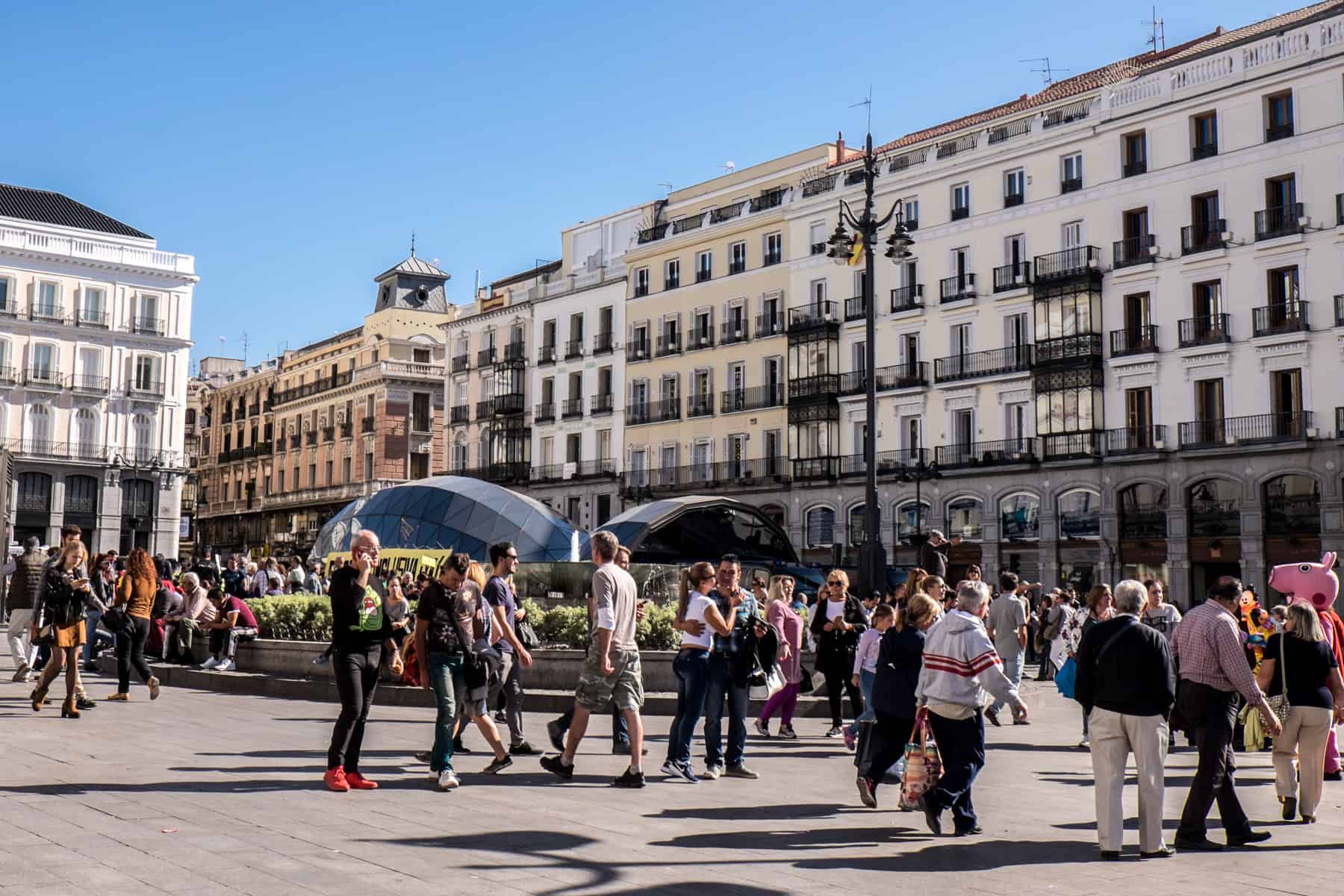
The Temple of Debod is a 2nd-century Egyptian temple set within the elevated Cuartel de la Montaña Park and the prime spot for watching Madrid’s sunset. The Egyptian government gifted the temple to save it from being submerged in the construction of the Aswan Dam.
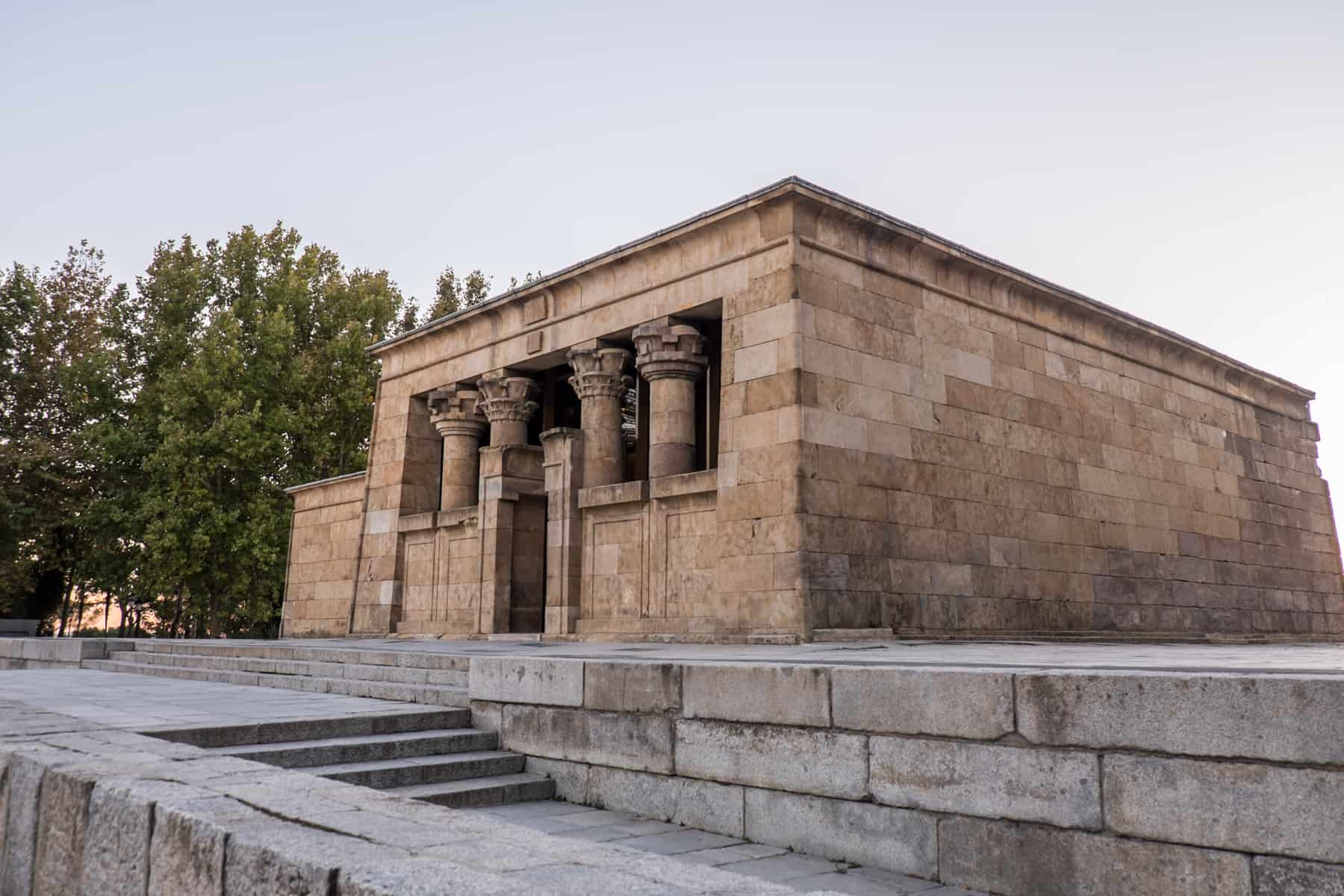
The 19th century El Retiro Park (Parque de El Retiro) is the most beautiful and famous park in the city, with a boating lake, monuments and botanical gardens. It’s also close to the Atocha train station. The striking white crown-like spired Cybele Palace (Palacio de Cibeles) stands at one end of the park’s exterior.
Art enthusiasts could spend their entire time engrossed in the city’s 50 museums, of which around half are art galleries. If you choose just one, then The Prado Museum (Museo Nacional del Prado) is the most world-renowned and locally famed. I took a guided tour of El Prado for an introduction to this treasure chest of European masterpieces spanning the 12th to the 20th centuries.
I spent most of my time scratching the surface of Madrid’s neighbourhoods. It’s personally how I like to understand the intricacies of a city. Malasaña and Chueca are the trendy, stylish and boho areas, Lavapiés is the edgy, street art-filled multicultural neighbourhood, and La Latina is the centre of the Tapas bar culture. Barrio de las Letras (the Literary Quarter) is a compact artist hub where writers from the Spanish Golden Age once resided. Los Austrias is the historic neighbourhood where you’ll find Plaza Mayor and San Miguel Market.
Short on time or looking for a different form of sightseeing? Excitedly tour Madrid in a nostalgic SEAT 600 or venture to the city’s highlights on the hop-on-hop-off bus.
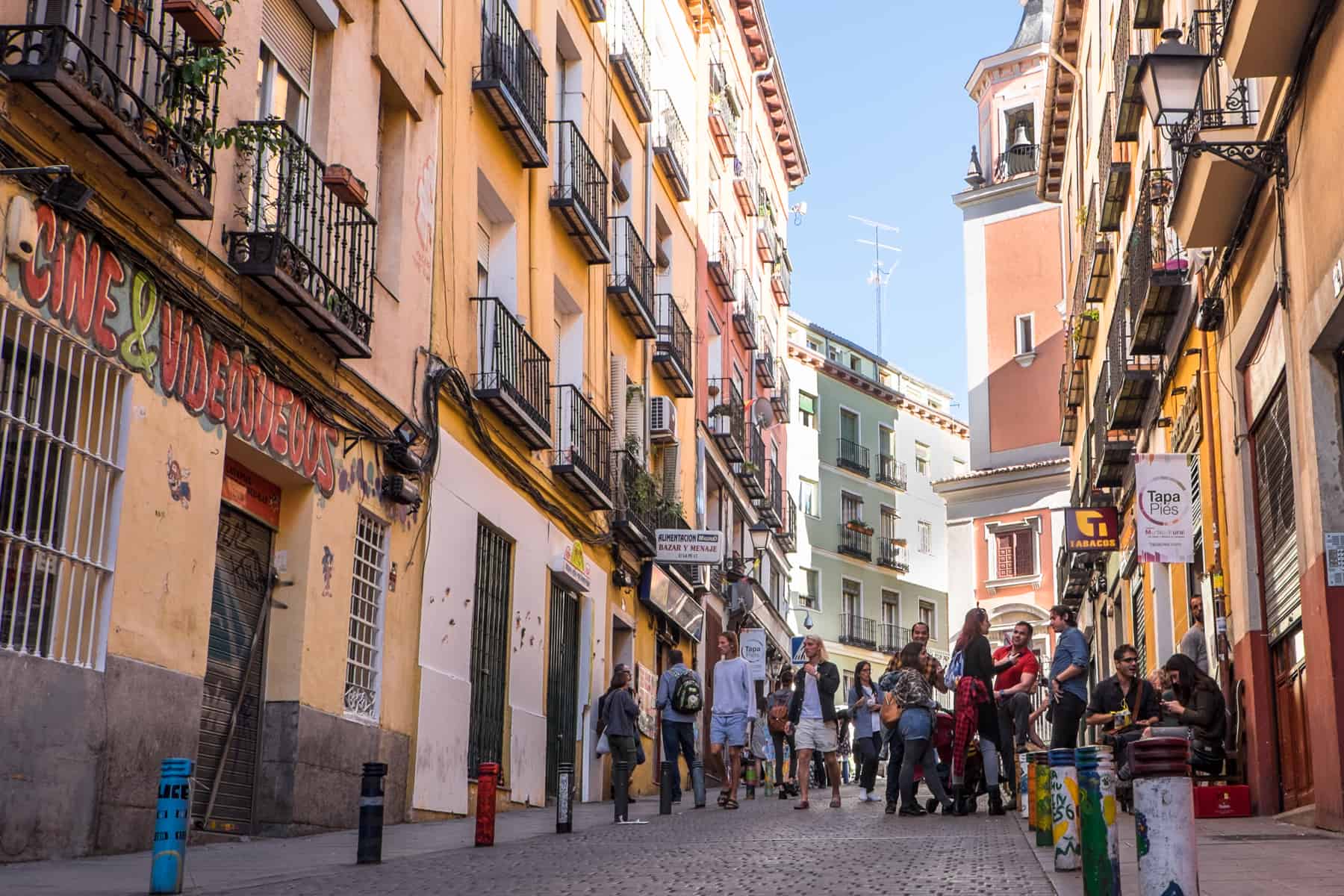
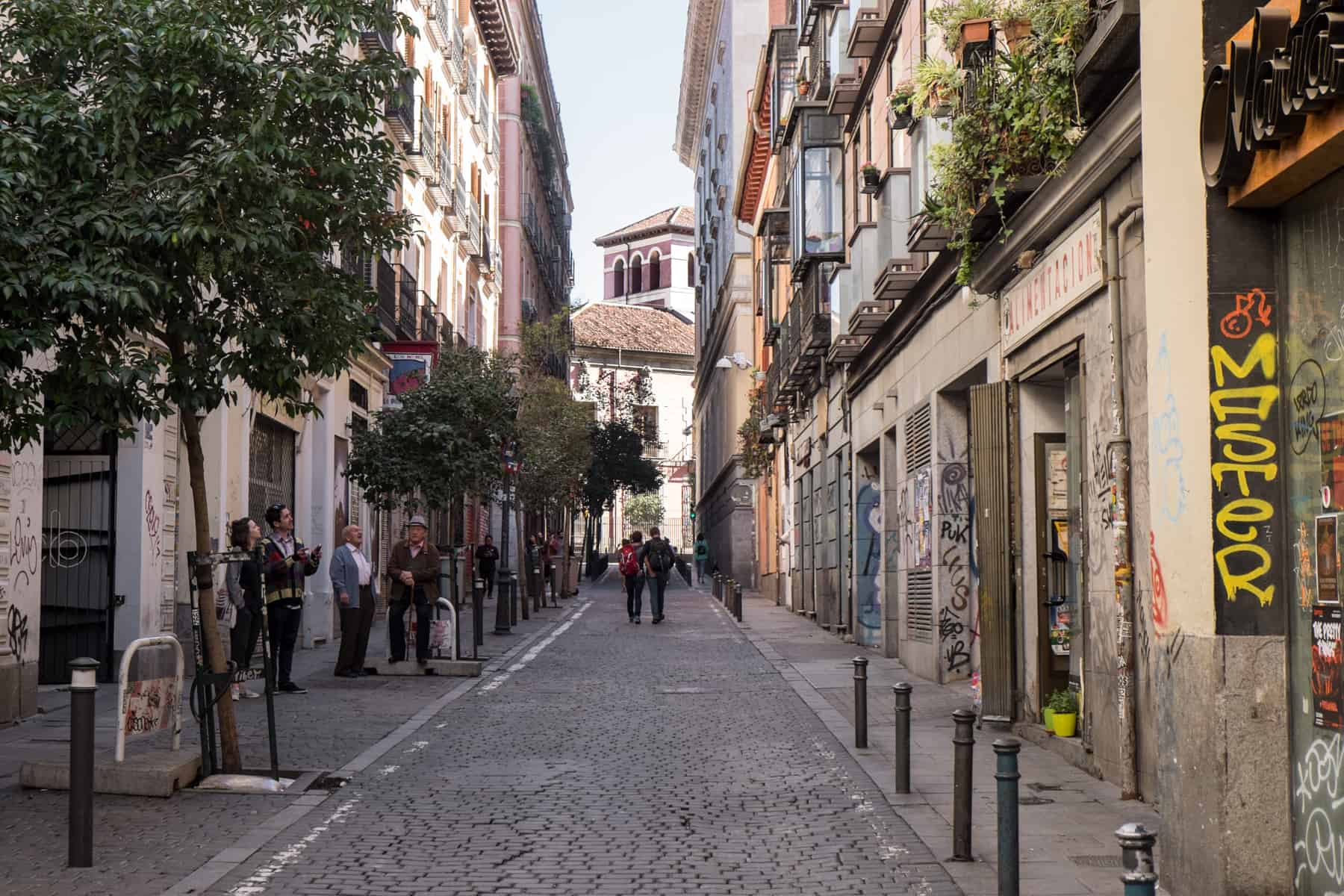
Places to Go in Spain From Madrid by Train
Madrid to San Sebastian
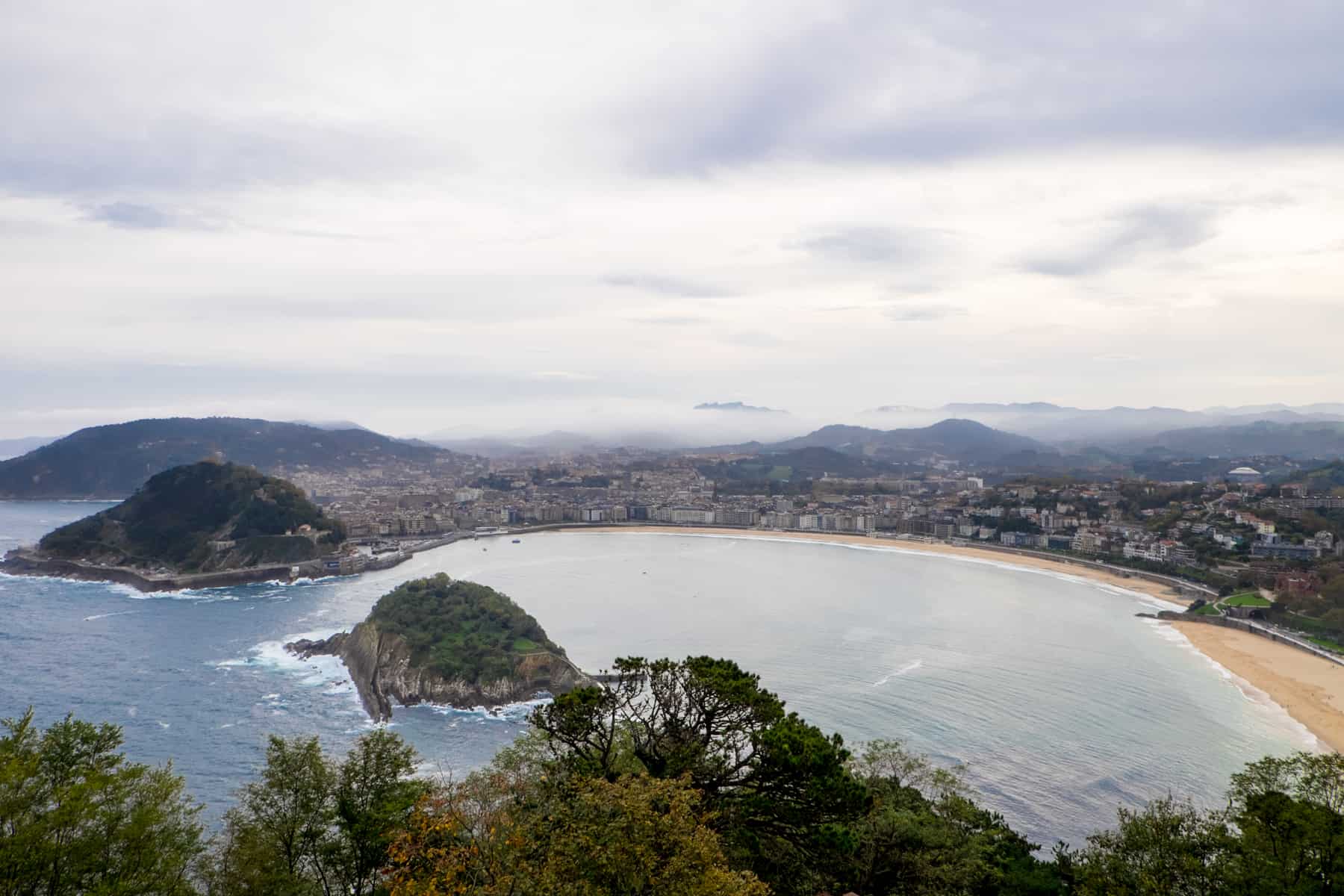
A visit to the northern Spanish coastal city of San Sebastian (Donostia) lands you in a very distinct region of Spain. A gastronomically acclaimed city, awash with Old Town architecture from Baroque basilicas to Belle Époque buildings, filled with music, the arts and home of Balenciaga, and the root of some of the oldest traditions and language in Europe from the Basque heritage.
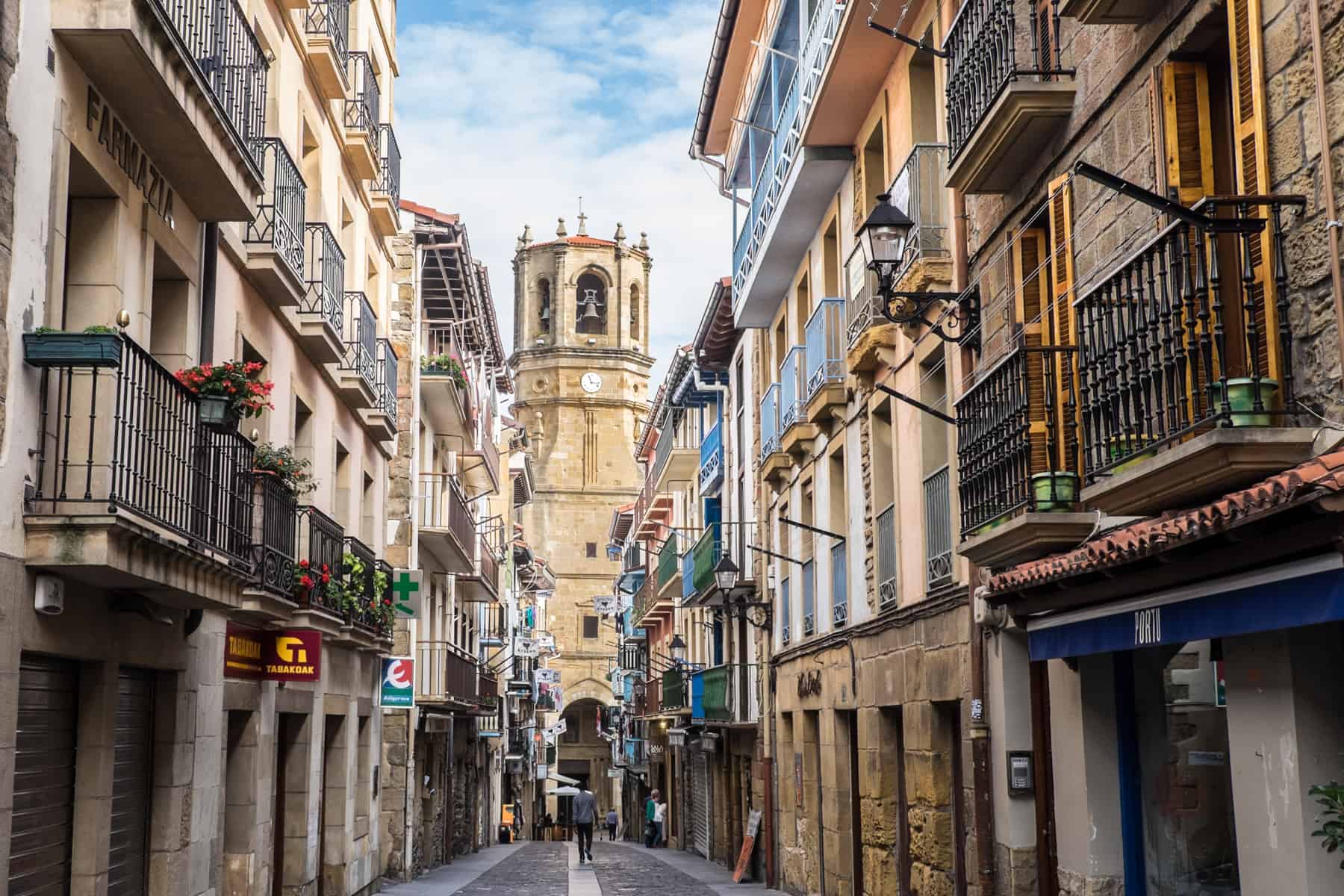

A city surrounded by sea that once drew in royals and aristocrats for summer holidays, you can factor in beach strolls, surf lessons, and stand-up paddleboarding with the city’s creative pillars that made San Sebastian a European Capital of Culture. I viewed the city from the heights of Igueldo mountain, explored the grounds by bike on the city’s 30 km of dedicated biking paths, and made sure to find time to indulge in the strolls and deliciousness of Pintxos bar hopping.
READ MORE:
Visit San Sebastian – How to Experience the European Capital of Culture.
The Best Pintxos in San Sebastian, Spain: The Miniature Food Culture.
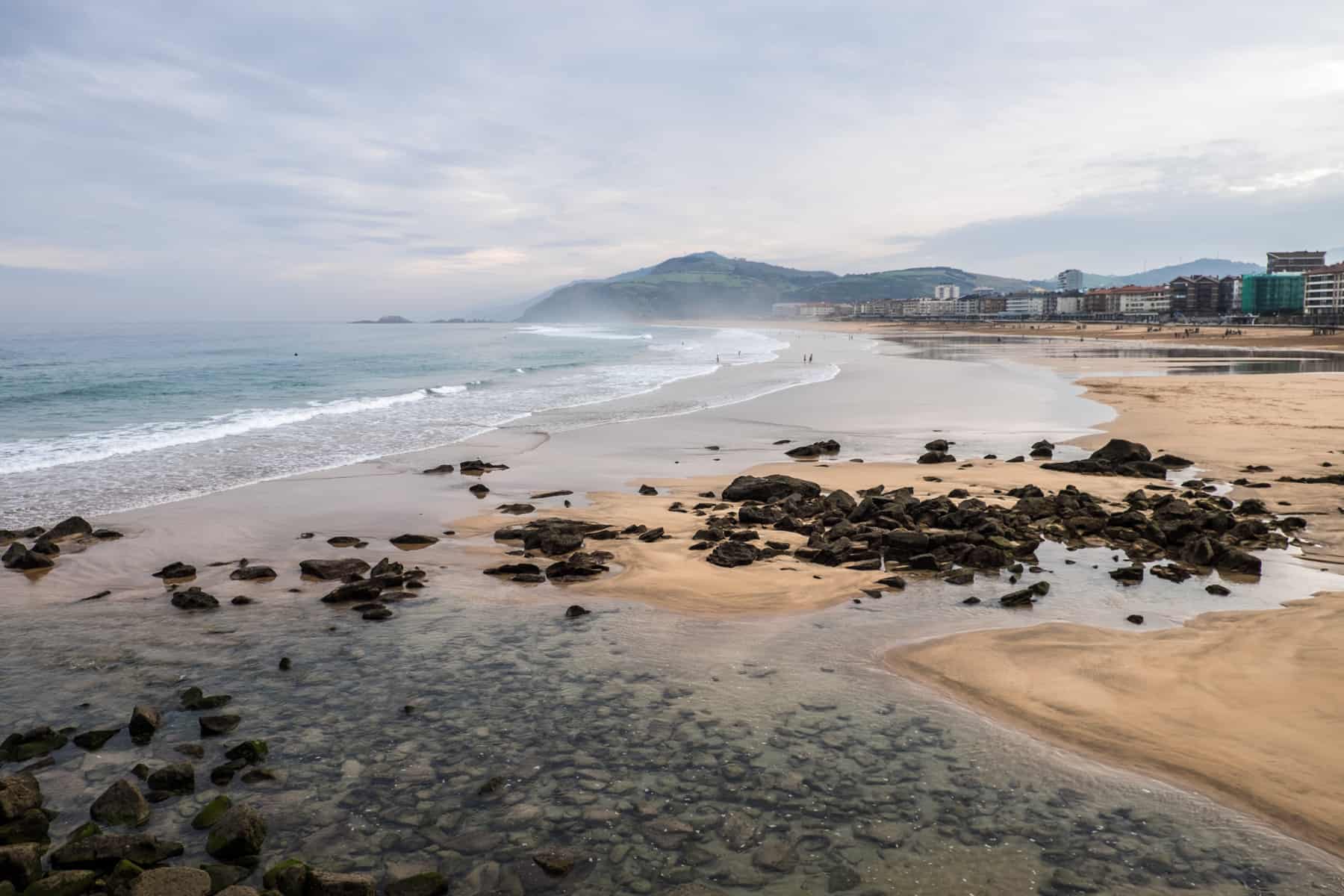
Madrid to Girona
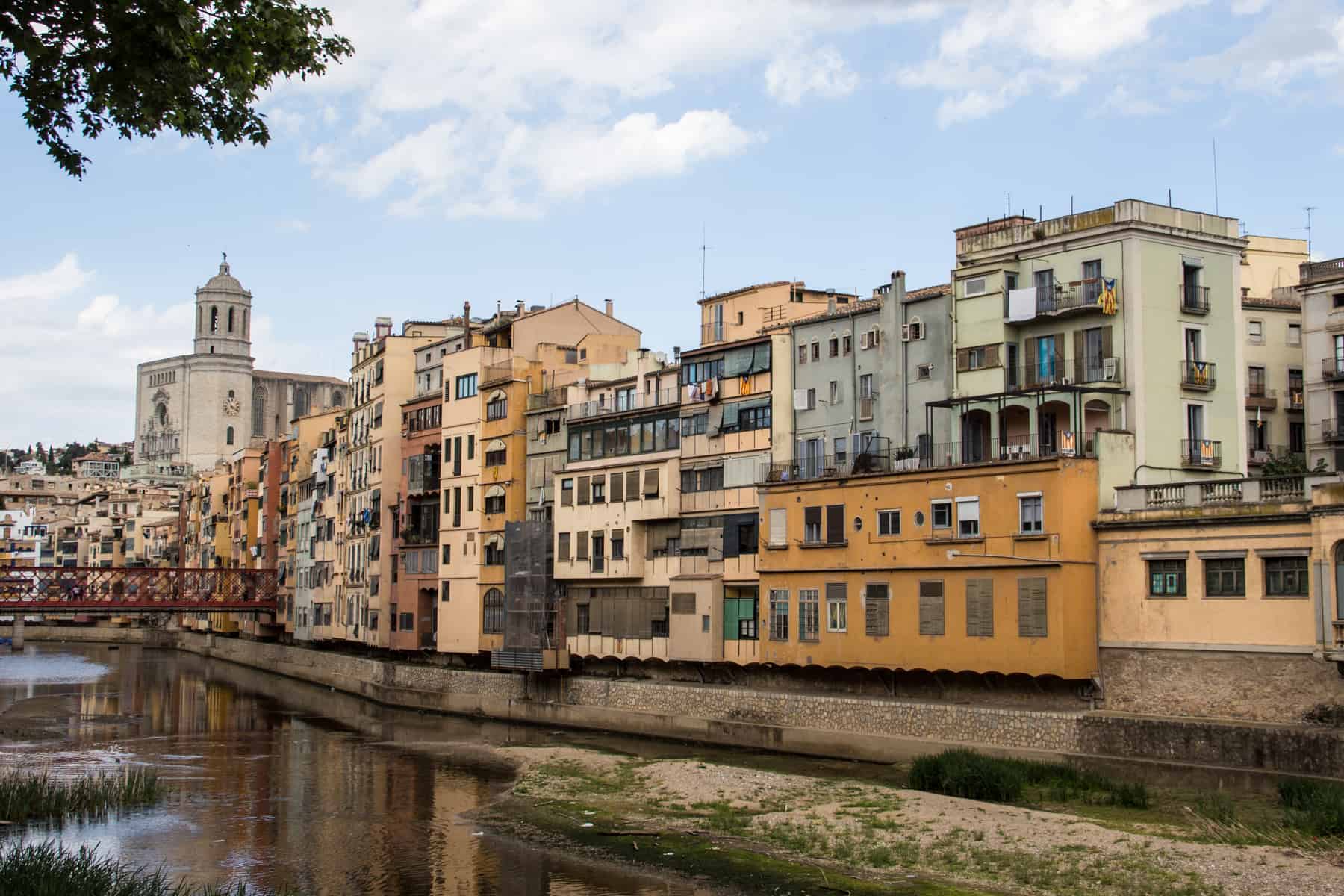
Barcelona steals the limelight for those planning to visit Spain’s north-eastern Catalonia, but consider the neighbouring city of Girona, whose walled quarters and narrow streets take you on a journey spanning over 2,000 years. The secluded beaches of the Costa Brava are just 30 minutes away.
You can find Girona’s medieval history in the historical centre Old Quarter (Barri Vell) – the garrison of a preserved medieval old town whose Roman past is marked by the Força Vella Fortress. Built by the Romans in the 1st-century BC, parts of the walled fortress, with extended ramparts of which you can walk upon, remain. Take a walking tour to find the Game of Thrones filming locations.
Other city highlights include the Cathedral with a Romanesque tower and baroque façade, built between the 11th and 18th centuries, getting lost in the labyrinth of narrow lanes and alleys of the Jewish Quarter, and the magnificent Islamic-modelled architecture of the Arab Baths, built by Christians in 1194. The red iron Peixateries Velles Bridge from 1827 is a famed postcard picture viewpoint in the city.
READ MORE:
Things to Do in Girona – Inside the Historical Secret of Spain.
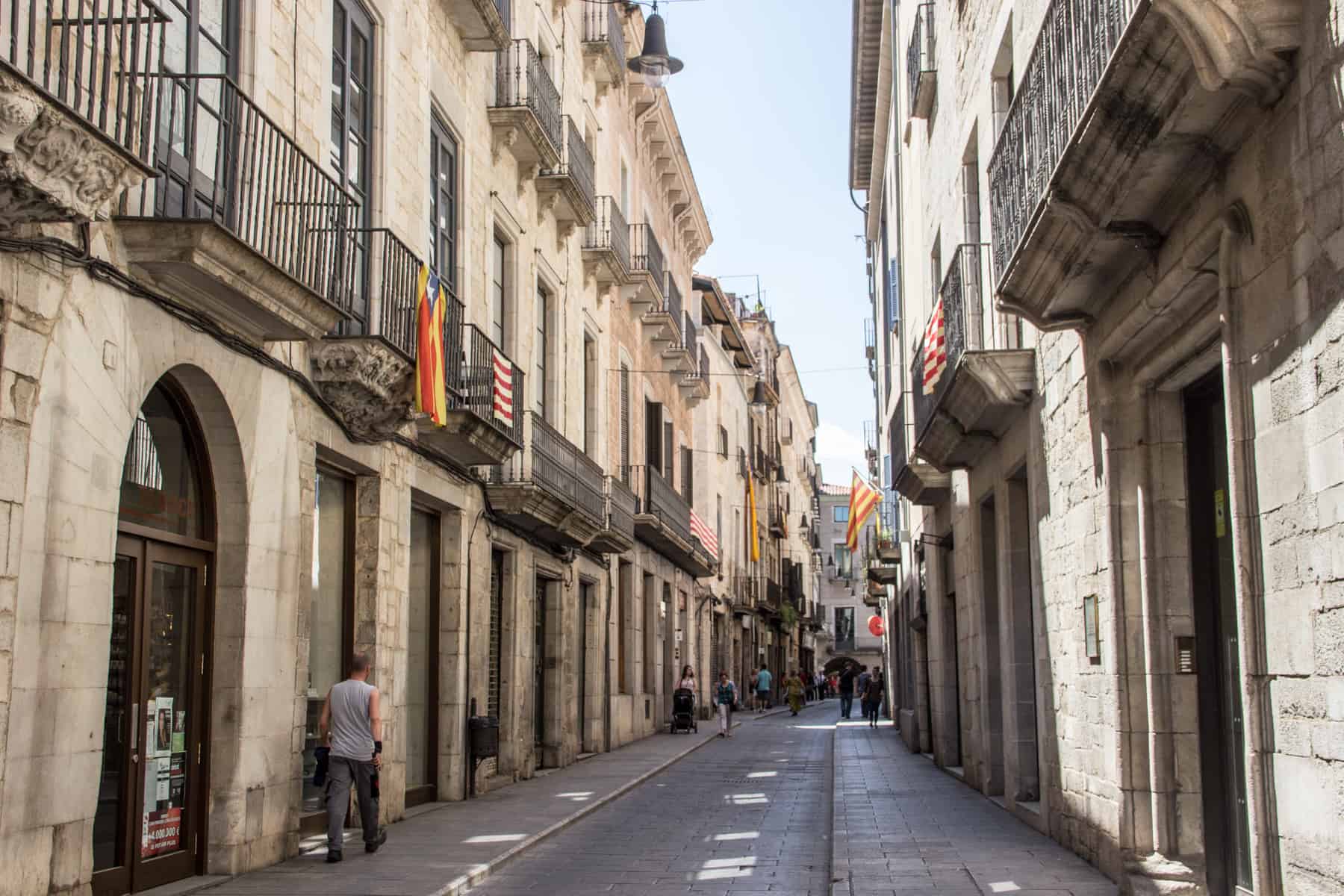
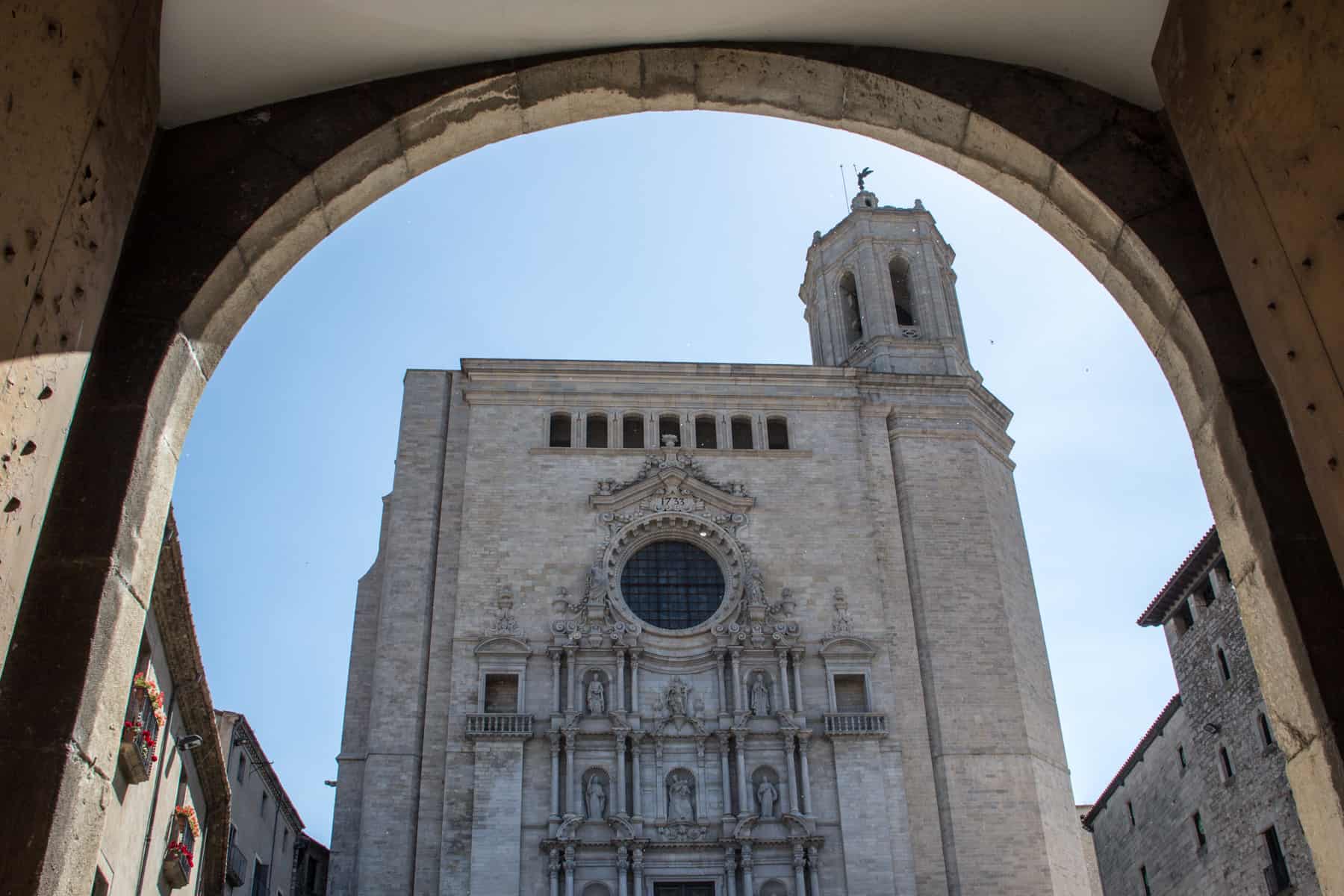
Madrid to Zaragoza
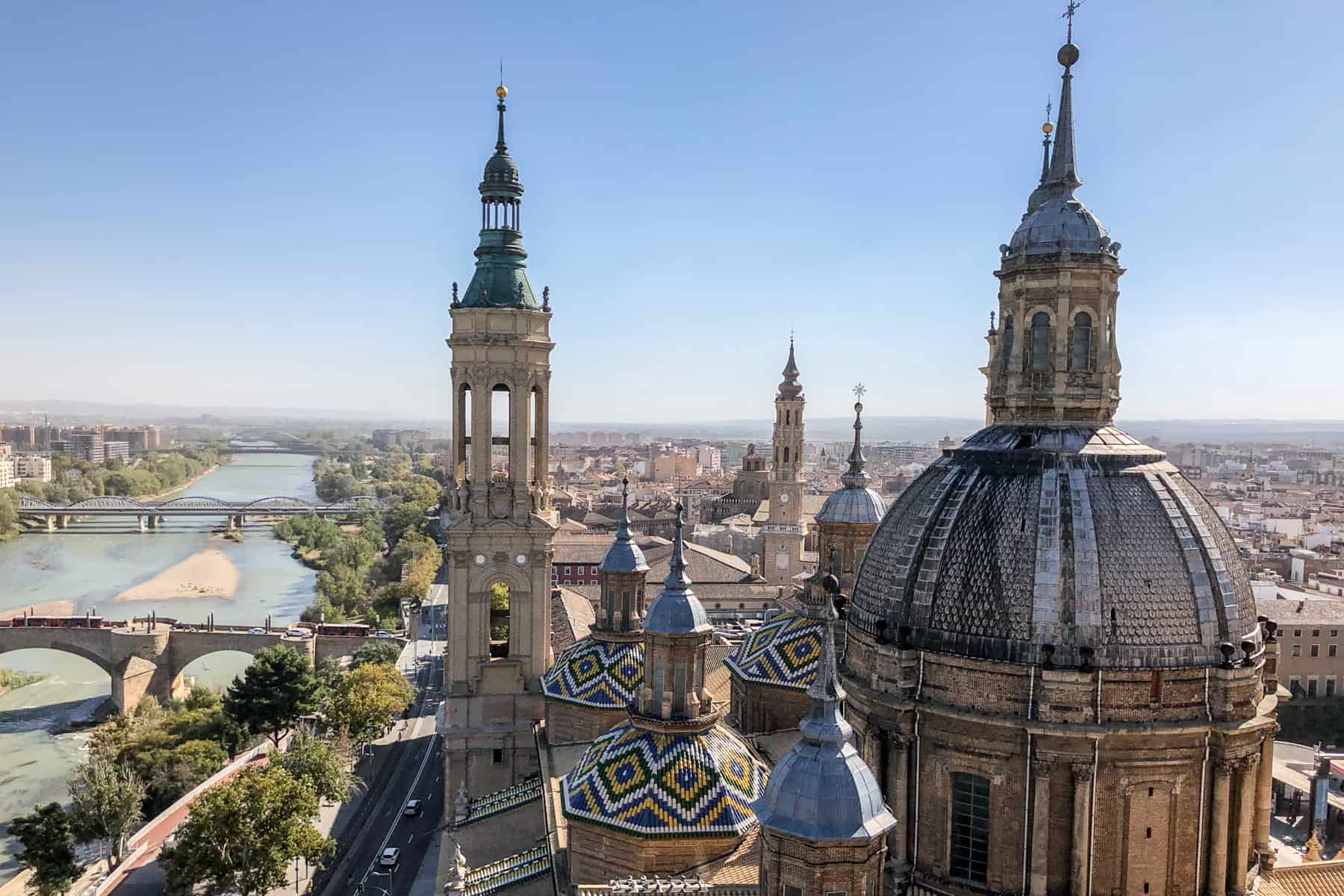
Anchored between Madrid and Barcelona, the Aragon region’s capital in North-Eastern Spain is a compact city that could work as a day trip. Zaragoza is where an artful urban boldness mixes with the graceful ancient.
The 11th-century medieval Islamic Ajafería Palace is the most symbolic site to visit. Zaragoza’s UNESCO World Heritage status comes from this display of Mudéjar art native to Aragon – a blend of Islamic and Christian elements when the two faiths coexisted after the Christian Reconquista. Beyond the palatial centre of Zaragoza, best viewed from the heights of the Roman Catholic Cathedral-Basilica of Our Lady of the Pillar, you will soon see that street art paves the way for the city’s other persona.
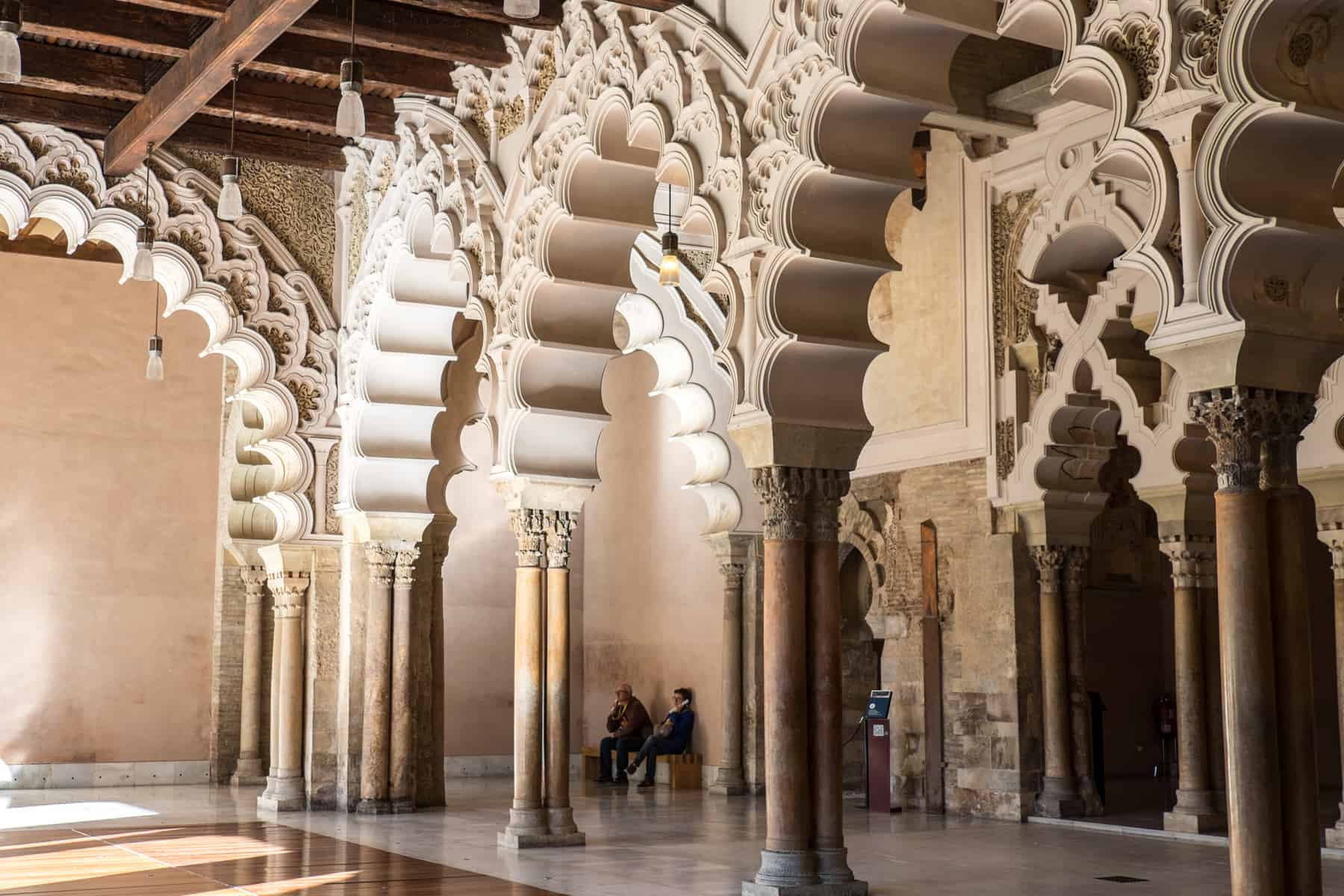
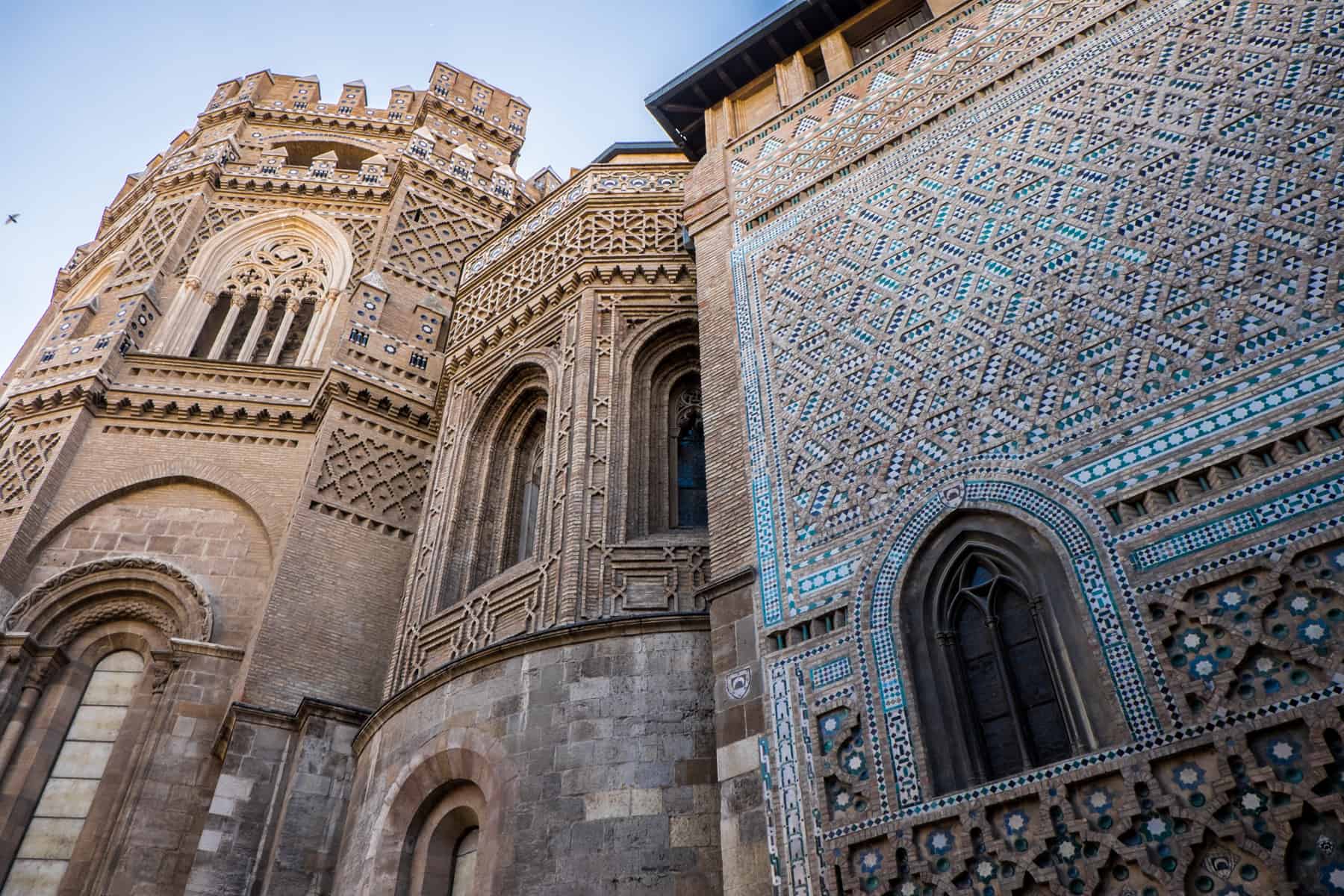
The colossal building murals are part of an annual urban regeneration drive, bringing an artistic new life to forgotten neighbourhoods. Consider hiring a local guide for insider knowledge. In Goya’s home, with a dedicated museum of his works to boot, it’s no wonder that art plays a central role in the city’s persona. Ultra-modern architecture like the Alma del Ebro sculpture (The Soul of the Ebro) at the Zaragoza Expo Zone continues the decorative trend.
READ MORE:
Visit Zaragoza, Spain – World Heritage, Legacy and Urban Revival
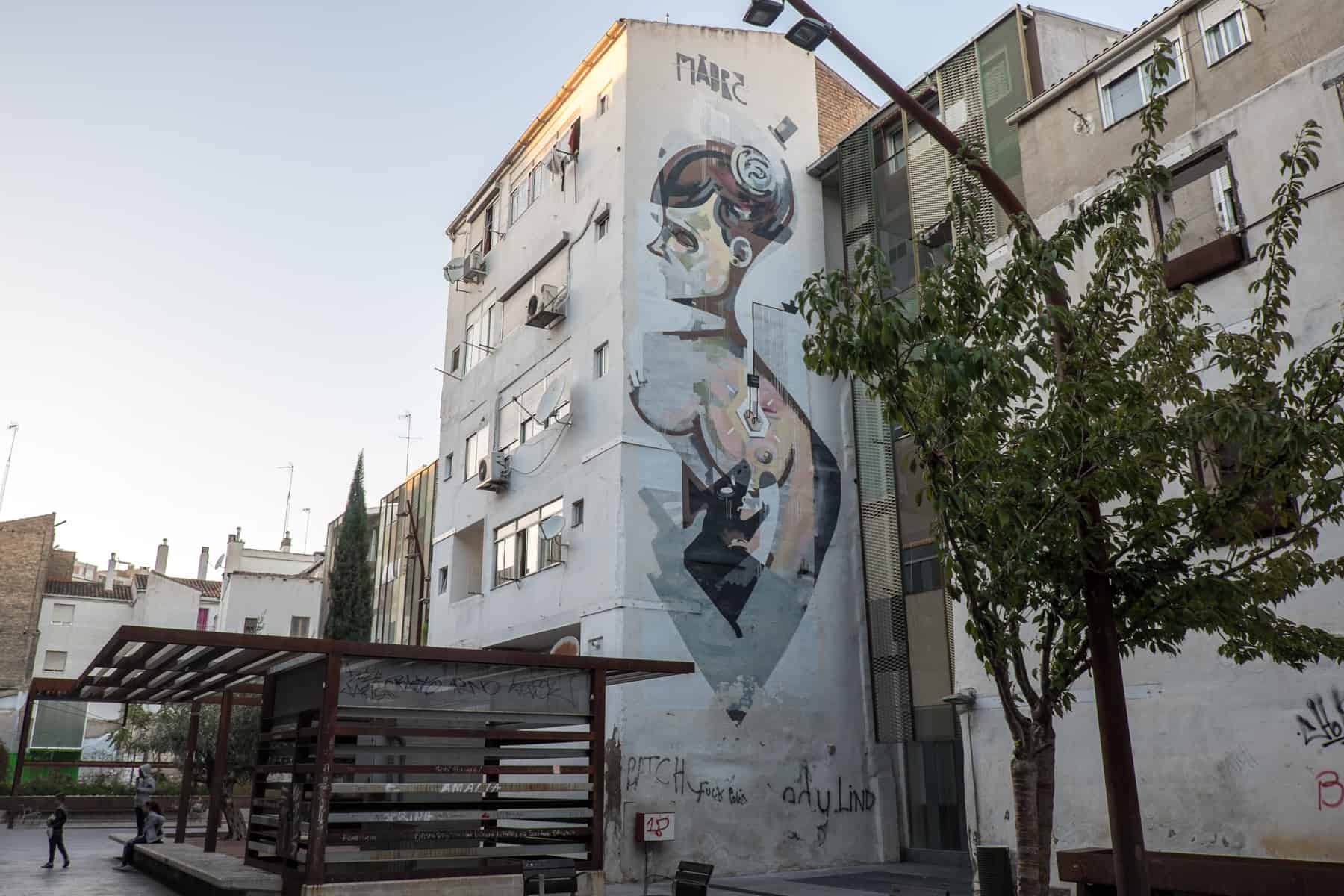
Madrid to Barcelona
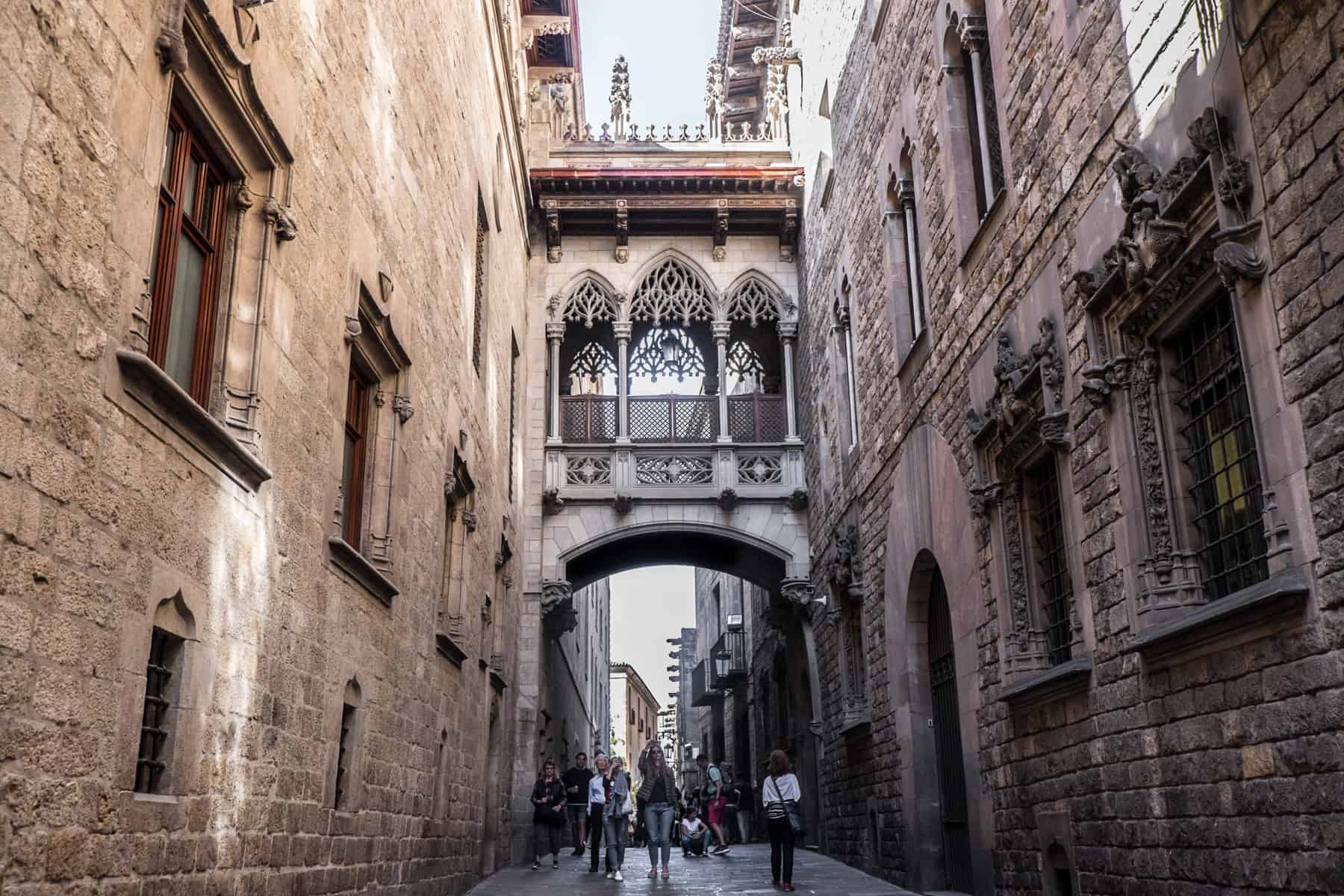
One of the most popular long-distance trips from Madrid by train is to Barcelona, the coastal capital of the Catalonia region. I’ve visited the city twice, choosing new major sites to peruse without rushing, savouring long boulevard-strewn walks, Barcelona bike tours and beach days, and spending long evenings sipping jugs of sangria in a local neighbourhood square. Coupled with Madrid, you’ll need some big city steam.
A stroll on the kilometre-long Las Ramblas is a rite of passage, and Gaudi’s architectural masterpieces take centre stage, most notably the Sagrada Familia, the egg-white curves of Casa Mila, the mosaic wonders of Casa Batlló and Park Güell. The Gothic Quarter (Barri Gòtic) brings together an incredible maze of narrow streets, medieval squares and striking gothic façades. Shop local produce from seafood to jamón ibérico and cheese at the market institution that is La Boqueria and catch a local bus to one stretch of La Barceloneta – the long yellow sand stretch and promenade of Barcelona’s city beach.
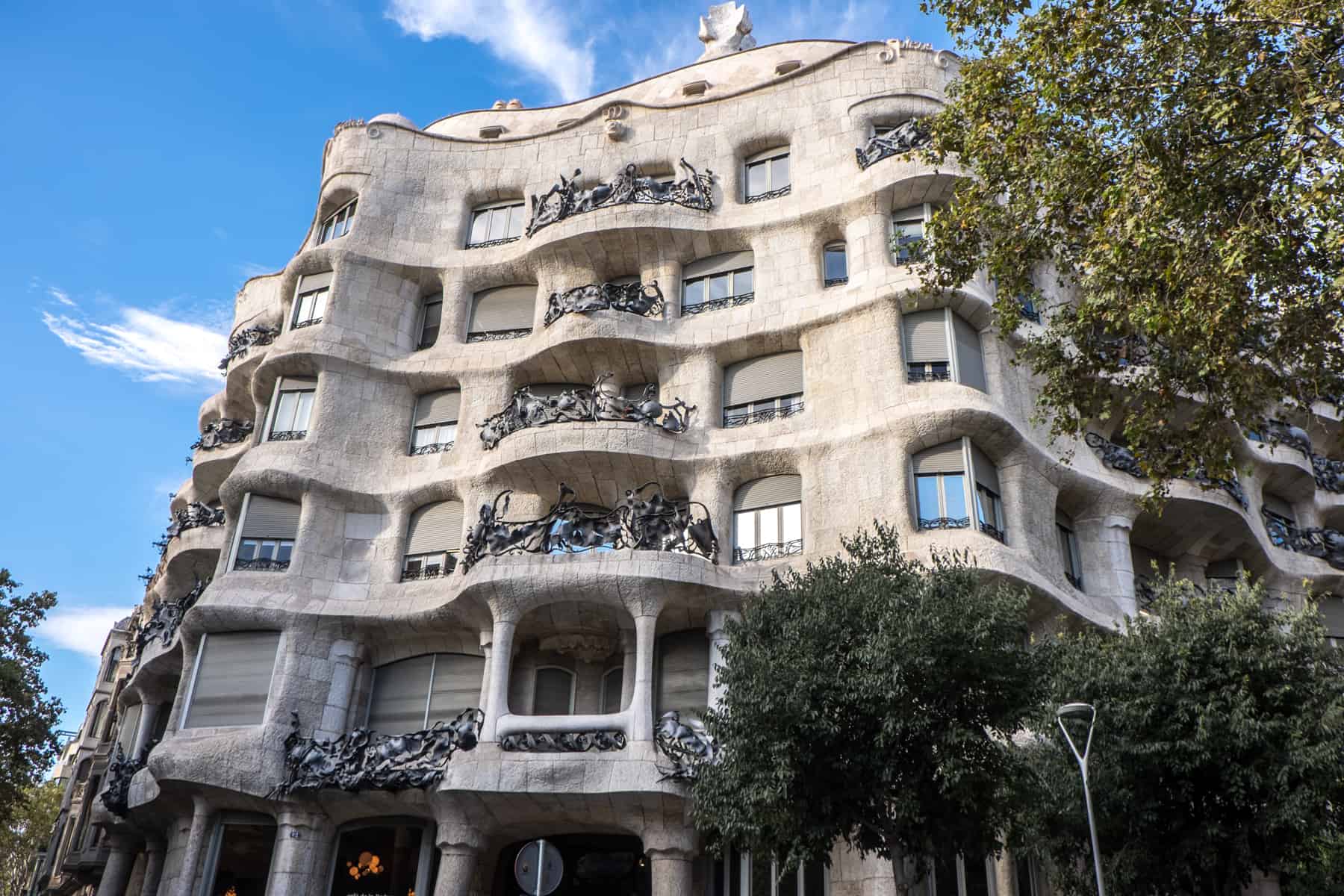
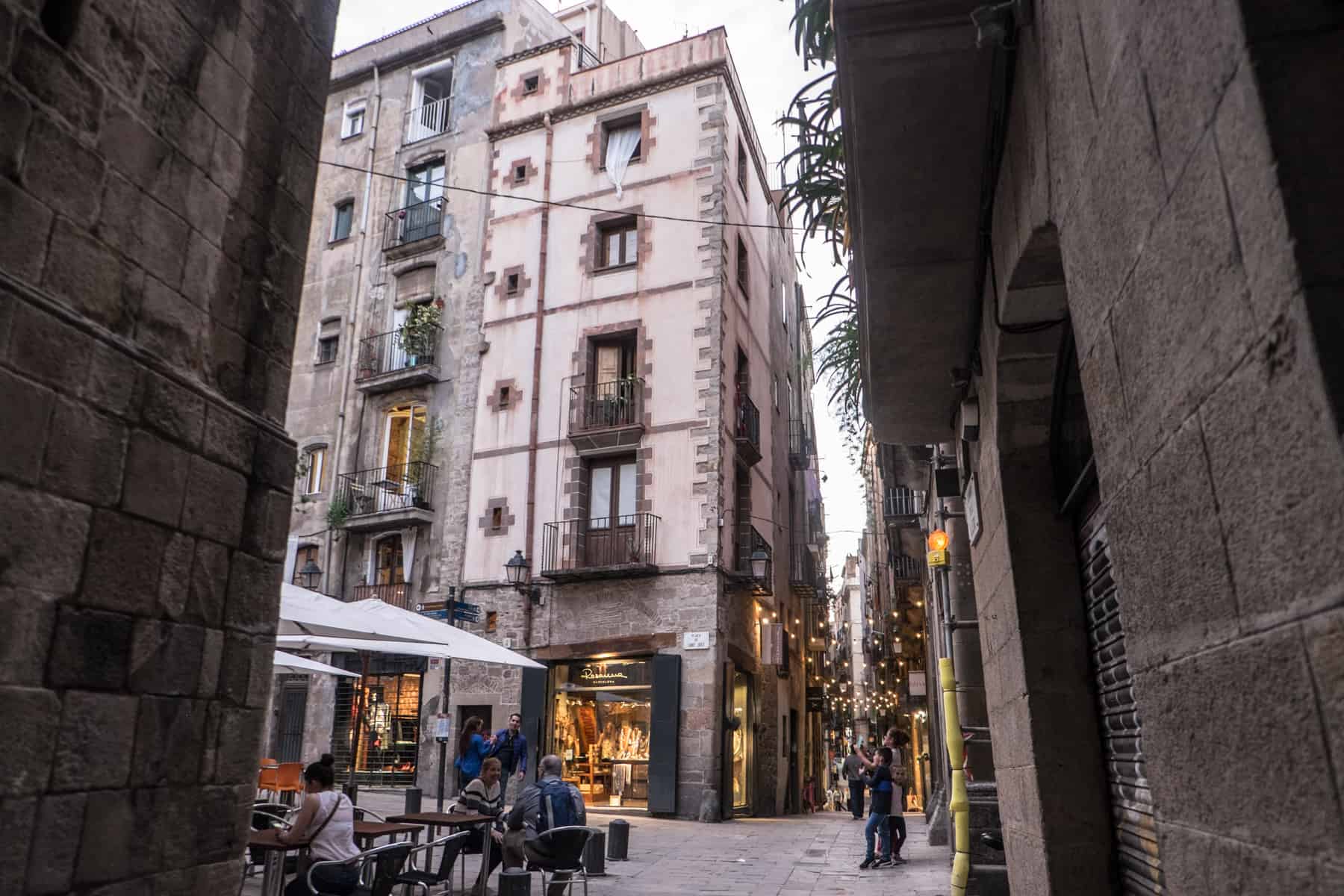
Madrid to Valencia
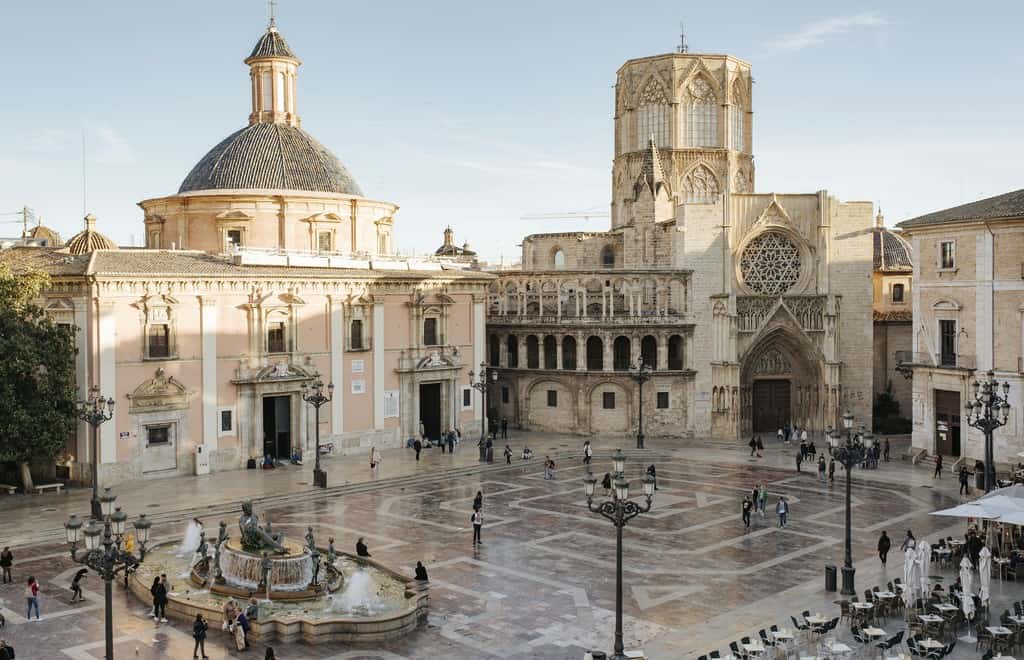
© VisitValencia
The UNESCO World Heritage city of Valencia is one of Spain’s oldest, a trip that combines a heritage of 2,000 years with a Mediterranean climate and fine powered sand beaches.
Valencia is a city full of accolades. Start in the Old Town’s cobblestoned labyrinth (Ciutat Vella). The historically layered Roman, Gothic, Baroque Cathedral protects the Holy Chalice and the Silk Exchange (La Lonja) World Heritage Site displays why it is one of the famous civil gothic monuments in Europe. The 1000-year-old neighbourhood of Barrio del Carmen, whose Muslim and Christian walls whose gates still stand, preserves some of the city’s iconic medieval structures like the Serrano and Quart Towers.
For food and nature, the Central Market in Valencia, with its 1200 food stalls, is the largest market with fresh produce in Europe. The wetland oasis of L’Albufera National Park is where the famed culinary paella was invented. Valencia’s port area trio of museums, known as the City of Arts, connects to the Turia Gardens. This city park’s extensive network of tree-lined footpaths, lakeside recreation spots and 18 bridges in different architectural styles makes it one of Spain’s largest urban parks.
Madrid to Córdoba
A trilogy of cultures from its founding as a Roman city to Arab conquest and Christian rule, the golden stoned Córdoba is an ancient architectural marvel. In preserving this legacy, Cordoba holds the title of the first city to have four UNESCO World Heritage Sites – more than any other city in the world.
Visit the Mosque-Cathedral, La Mezquita – the most famed of the four UNESCO World Heritage Sites as a distinguished monument of Islamic architecture, alongside the notable Historic Centre and Jewish Quarter surrounding it. Also included are the excavated ruins of the Caliphate city palace at the foot of the Sierra Morena Mountains, which ruler Abd-al Rahman III had constructed in 929 AD to display his Kingdom’s power. The beautiful domestic courtyards symbolic of Córdoba and its acclaimed Festival of the Patios, which open the private community spaces for public viewing, are a UNESCO Intangible Cultural Heritage of Humanity site.
Other interest sites include touring the fortress turned Royal residence, Alcazar de Los Reyes Cristianos and the 1st century BC Roman Bridge over the Guadalquivir River. The former Moorish Calahorra Tower at the end is today a museum detailing the long history of conquest and achievement in the city.
Madrid to Seville

From bustling Madrid to the charming, flamenco dancing famed Seville, this city is where the colourful, artistic streets converge with the delicate, classical architecture of the open squares and boulevards. As Andalusia’s capital, and another of the most popular trips from Madrid by train, it will most likely be your introduction to the region too.
The Cathedral is a city centrepiece as is the exquisite Plaza de España is a plaza in the Parque de María Luisa. A mix of Islamic and Renaissance designs, this 1928 masterpiece is a symbol of the city known for its grandeur of tiled fountains, opulent bridges and lush gardens. Dedicate at least half a day to exploring the vast landscapes and vivid detail of the stunning Mudéjar architecture of the Real Alcázar of Seville, a 14th-century royal palace built by Muslim Kings.

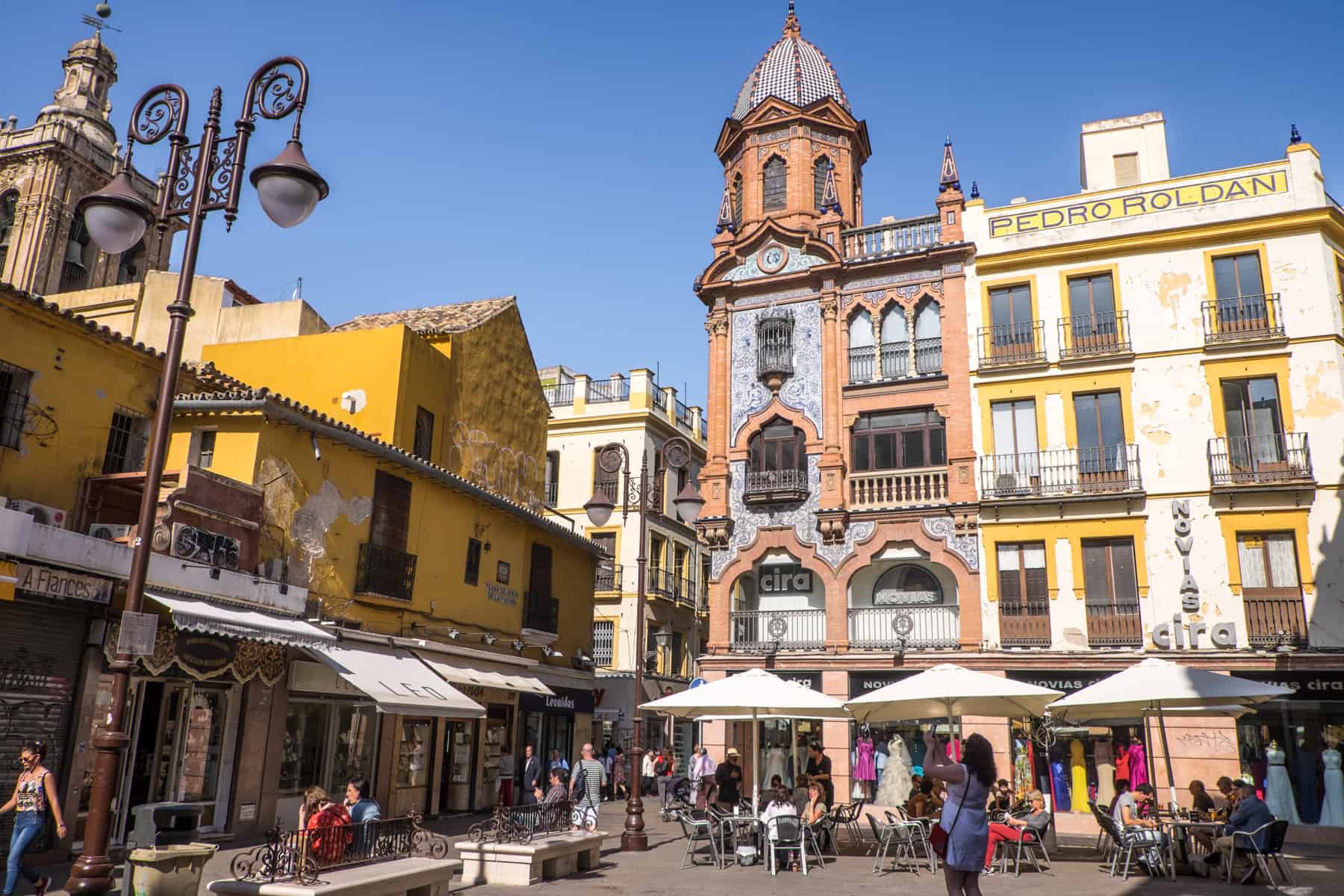
Seville is not without its modern architectural additions. Occupying one of Seville’s squares, the city’s Metropol Parasol (more affectionately known as ‘the mushrooms’) is the largest wooden structure in Europe, whose curling walkways up to 26 metres high provide a new panoramic view of the city. Designed by German architect Jürgen Mayer, it has been the subject of much controversy since its completion in 2011.
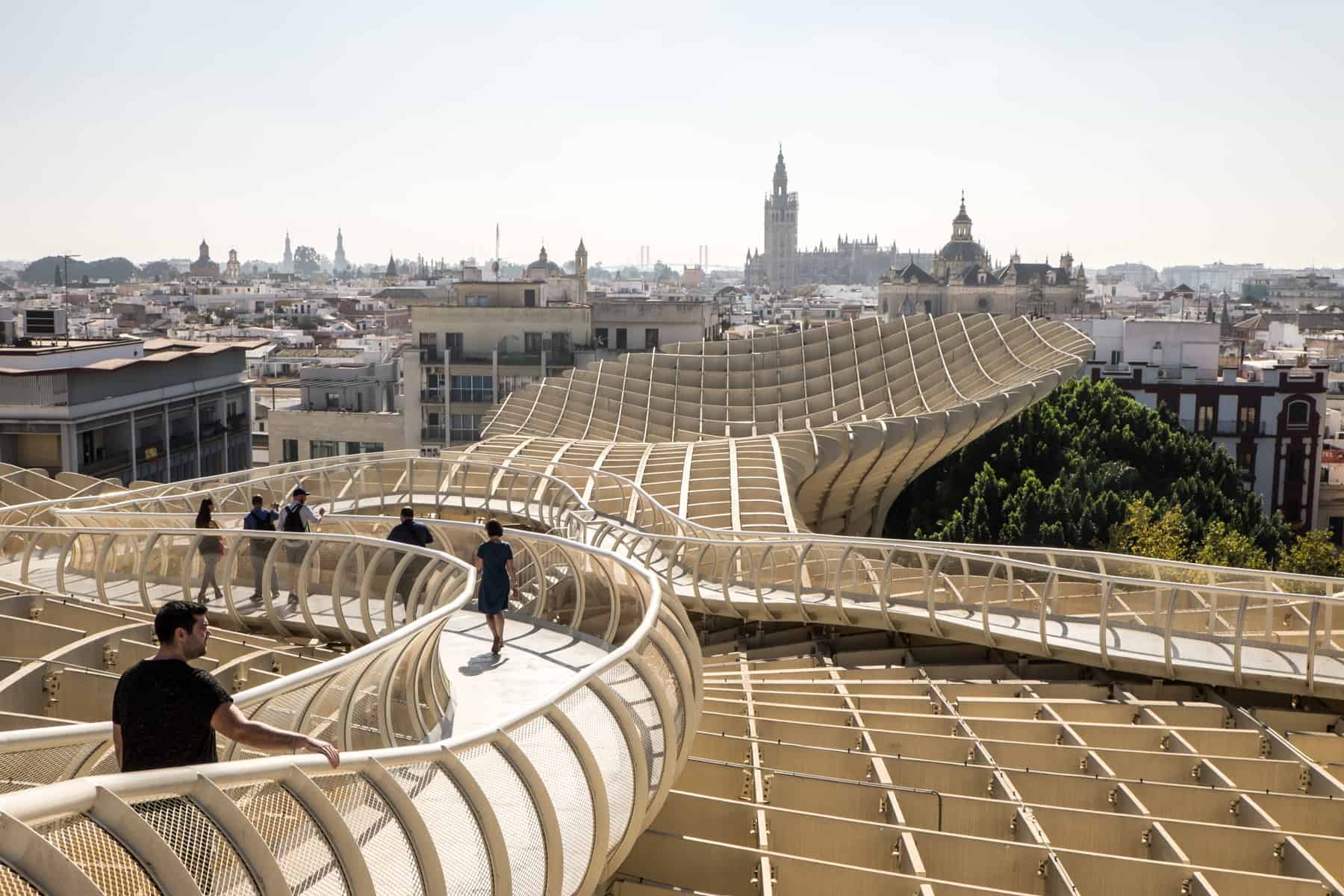
Madrid to Granada
Granada’s icon is the fortified Arab citadel of the Alhambra, perched defiantly in the Sierra Nevada Mountains. An opulent tiered, tiled and terraced complex of palaces, courtyards and gardens, it is preserved as one of the finest examples of Islamic architecture on the continent.
In the Historical Centre of Granada city, Catholic architecture takes centre stage, including the Renaissance masterpieces of the Cathedral of Granada and the Monasterio de San Jerónimo, alongside the baroque Basilica San Juan de Dios and the Capilla Real (Royal Chapel) mausoleum of the last Catholic Monarchs. Admire the cave houses of Sacromonte and join the buzz at Campo del Prínicpe Square in the Jewish neighbourhood of Realejo-San Matias and indulge in the tradition of free tapas in Granada, for which a complimentary morsel is given with every drink ordered.
Adjacent to Centro Granada, spend time getting lost in the streets of Albaicin, granted UNESCO World Heritage status for its traditional Moorish architecture and courtyards and kicking back in the hum of the atmospheric Arabic teahouses.
Madrid to Malaga
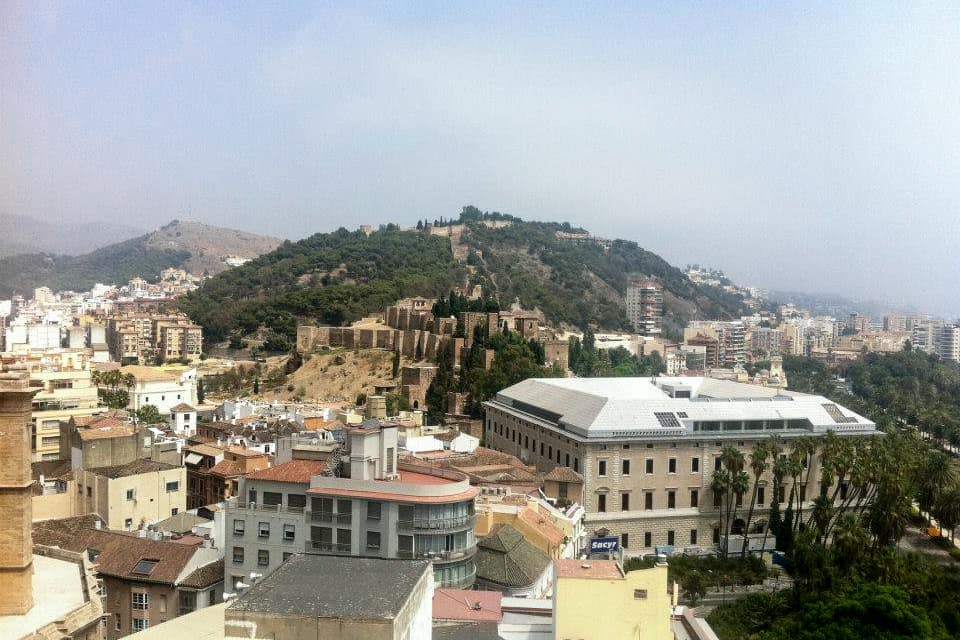
The fashionable city of Malaga on the golden sand southern coastline of the Costa del Sol is one of the world’s oldest cities. Its pre-historic 3,000 years of history go back to its founding by the eastern Mediterranean Phoenicians in the 7th-century BC. Today, Malaga is best known as the birthplace of the revered artist Pablo Picasso.
History stands at the base of Gibralfaro hill with the preserved palace structure of Alcazaba of Málaga, a Muslim monument partially constructed in 1057 using stone materials from the 1st century AD Roman Theatre that stands in front of it. The hilltop Castillo de Gibralfaro Castle was built to protect the Alcazaba, captured in 1487 by the Catholic Monarchs during the Reconquista that drove out the Moors and used as a residence by the King. Visitors also come here for the sweeping views over the city. Monuments from the Christian era of Malaga include monasteries and basilicas and the commanding Renaissance allure of the Malaga Cathedral (Catedral Nuestra Señora de la Encarnación).
Art enthusiasts can follow Picasso’s trail at number 15 Plaza de la Merced – the building where he was born in 1881 – before heading to the 16th century Renaissance beauty of Buenavista Palace, home to the Museo Picasso Málaga (Malaga Picasso Museum). Break up a tour of Malaga’s highlights with a trip to one of the 15 city beaches.
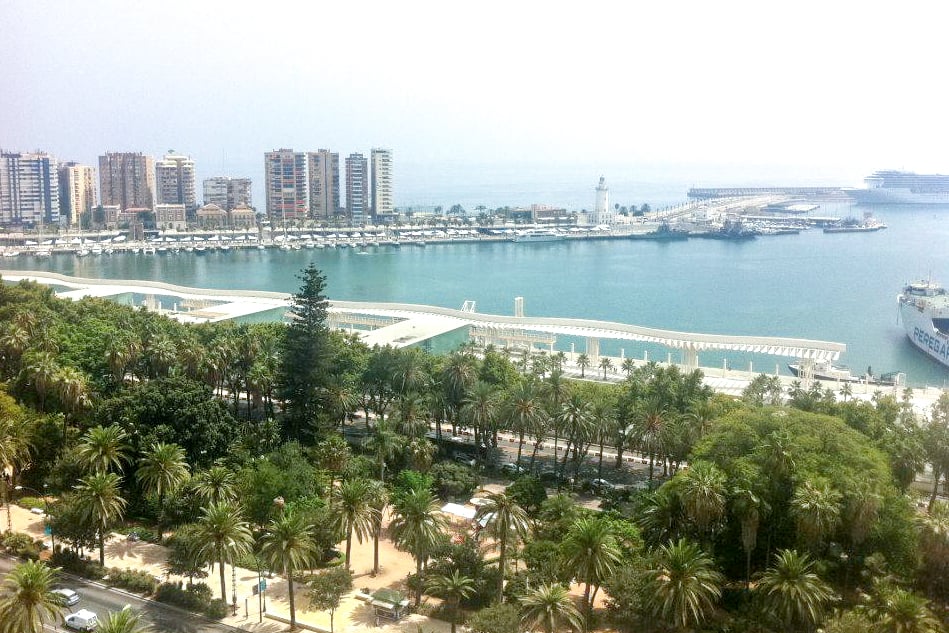
Tips for Planning Spain Trips
When to Go
The best time for this trip, based on optimal weather conditions, are the shoulder ends of May-October, based on all the average forecasts for Madrid, San Sebastian, Girona, Zaragoza, Barcelona, Valencia, Cordoba, Seville, Granada and Malaga.
Travelling from Madrid by Train
All train tickets for the AVE rail network have to be pre-booked since you can’t turn up on the day and book at the station. You can show tickets electronically via a smartphone. There are nine classes, of which Turista (a second class option with 2 x 2 seating rows) and the more spacious Turista Plus (with 2 x 1 seating rows) are the most common and cost-effective.
If you are booking a multi-stop trip, consider getting a ‘Spain Pass’. This means you can travel using just one ticket for the AVE and other long-distance trains. You must reserve a seat before every trip, as limited space is assigned for Spain Pass holders.
Disclaimer: This article was created in collaboration with the Tourism Office of Spain as inspiration for when we can travel again. For further Spain travel advice and help planning your trip, visit Spain’s official tourism portal. Borders of Adventure maintains full editorial control of the content published on this site.
Photos of Malaga by former local David Brennan and an image of Valencia used with permission from the Spanish Tourist Office in London for this campaign.
Related
[ad_2]
VISIT BANGKOK: TOP 5 THINGS TO DO AND MUST SEE ATTRACTIONS
In order to help you plan your stay, I have prepared this guide of the 30 best things to do in Bangkok and its surroundings. You will find all must-see attractions in and around the city as well as itineraries to visit Bangkok in 1, 2, 3 days or more!
No matter if you want to discover the Grand Palace, visit the most beautiful temples, go shopping in the modern part of the city or visit one of the famous floating markets, you will for sure find many activities to enjoy during your stay.
And as usual, I will also give you all my best tips and my list of the best places to stay in Bangkok, depending on your budget.
So, What are the best things to do in Bangkok? Where to stay?
Let’s find out!
1. The Grand Palace
The Grand Palace (or Royal Palace) is the most visited tourist site in Bangkok and one of the must see attractions during a trip to Thailand.
It’s located on the edge of the Chao Phraya river and is surrounded by a 1.9 kilometers long wall.
Built in 1782, the year when Bangkok officially became the capital of the country after the fall of the Ayutthaya and Thonburi kingdom, the complex includes more than 100 buildings, palaces, and pavilions.
The sovereigns of Thailand lived there for many years in the past, but today the King only goes there for official ceremonies.
During your visit to the Grand Palace in Bangkok, don’t miss the Temple of the Emerald Buddha, a royal chapel. In the chapel, you can admire a jade statue of Buddha found in 1434 in Chiang Rai (in the north of Thailand). This statue is revered by all Thai people.
Another impressive building is Chakri Mahat Prasat palace, built by King Rama V to be his residence.
The palace is open everyday and the entrance fee is 500 bahts (plus 200 bahts for an audio guide).
Your ticket allows you to visit all the buildings (outside + inside) as well as the museums (textile museum and Royal Thai Decorations and Coins museums). Admission to a Thai dance show at the Royal Theater is also included.
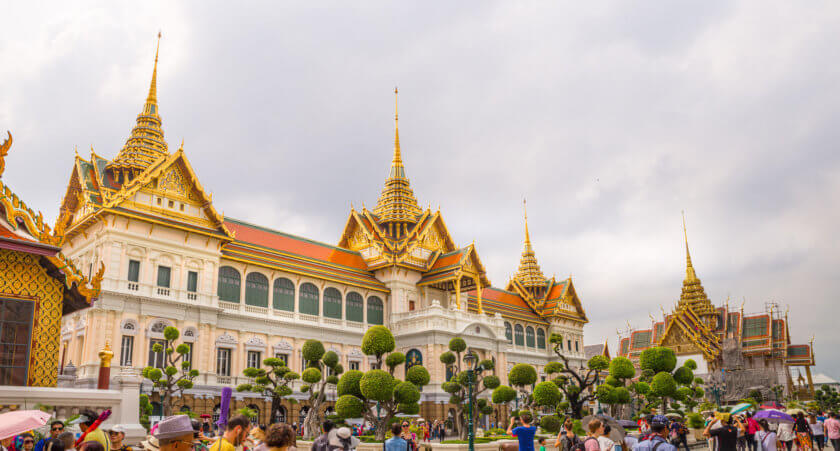
2. Wat Pho
Wat Pho, the second main tourist attraction in Bangkok, is located not far from the Grand Palace and is easily accessible on foot.
It’s one of the oldest Buddhist temples in the country. Inside, you can admire the largest reclining Buddha in the city: 45 meters long and 15 meters high! The statue represents Buddha’s death.
During your tour don’t forget to admire the soles of the feet: they are encrusted with pearls and decorated with symbols.
In the temple complex, you can also discover:
- The Buddha Gallery and its 394 golden Buddhas
- The 4 royal Chedis covered in colorful ceramics
- The Phra Ubosoft, where the ashes of King Rama I are guarded by another famous golden Buddha statue.
Entry to Wat Pho costs 200 bahts and the visit takes around an hour and a half.
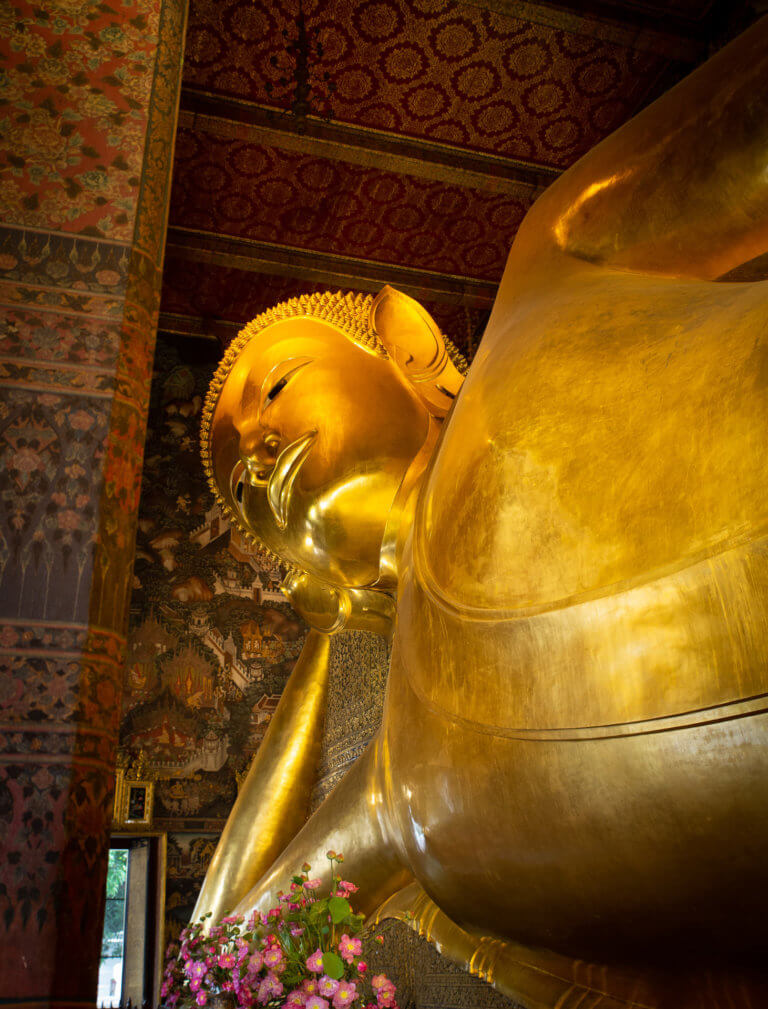
3. Wat Arun
Wat Arun completes the trio of temples to visit during your stay in Bangkok.
It’s located on the other side of the river from the Grand Palace and Wat Pho. To get there, you’ll have to take a boat shuttle (4 bahts) that drops you off right in front of the entrance.
Wat Arun is especially known for its 82 meters prang (a tower), entirely covered in tiny pieces of colorful porcelain. It’s surrounded by 4 smaller prangs, also encrusted with mosaics.
Recently renovated, the location is really worth the visit. And if you have the chance, come back in the evening to see it illuminated from the other side of the river.
Wat Arun is open everyday and the entrance fee is 50 bahts.
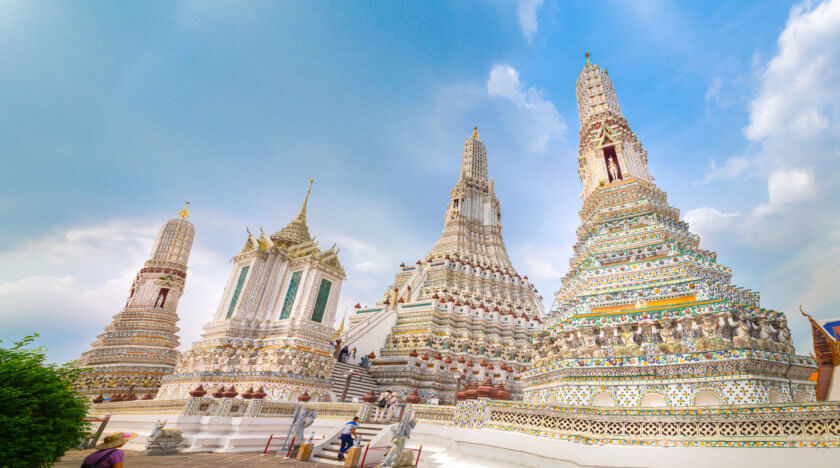
4. Chatuchak Weekend Market
If you’re in Bangkok during the weekend, you should really visit Chatuchak Market, the largest market in Thailand (more than 15 000 stands).
It’s so big, they even give you a map when you enter to help you get around.
The market is organized into sections: clothes, shoes, jewelry, souvenirs, and much more! And as you can imagine, there is a also a large part dedicated to food.
If you didn’t know what to do on Sunday in Bangkok, your problem is solved! However I should warn you, you won’t be the only ones to have the same idea, the place is super busy.
And to relax a bit, you should go to the large park located nearby. Lots of Thais go there with their family and friends to picnic by the lakeside.
Chatuchak market is really the city’s most famous market.
But don’t worry, if you’re visiting Bangkok during the week (not on the weekend), you only have to walk down the commercial streets or in the shopping centers to find the various products sold at the market, including the famous “I Love Bangkok” t-shirts and elephant key rings!
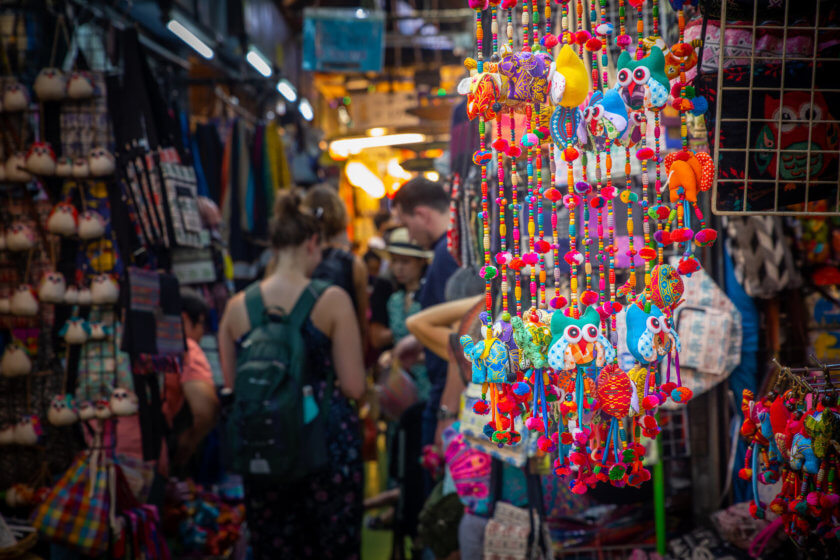
5. Wat Saket / The Golden Mount
Let’s continue our Bangkok travel guide with the Golden Mount.
Built on the top of a hill, the Golden Mount temple allows you to enjoy a 360 degree view over Bangkok. To get there, you will have to climb a few steps, but really nothing too insurmountable!
Along the path, you will find fountains and statues, as well as several gongs you can ring to attract luck, love, or money (your choice!).
The entrance fee is 50 bahts.
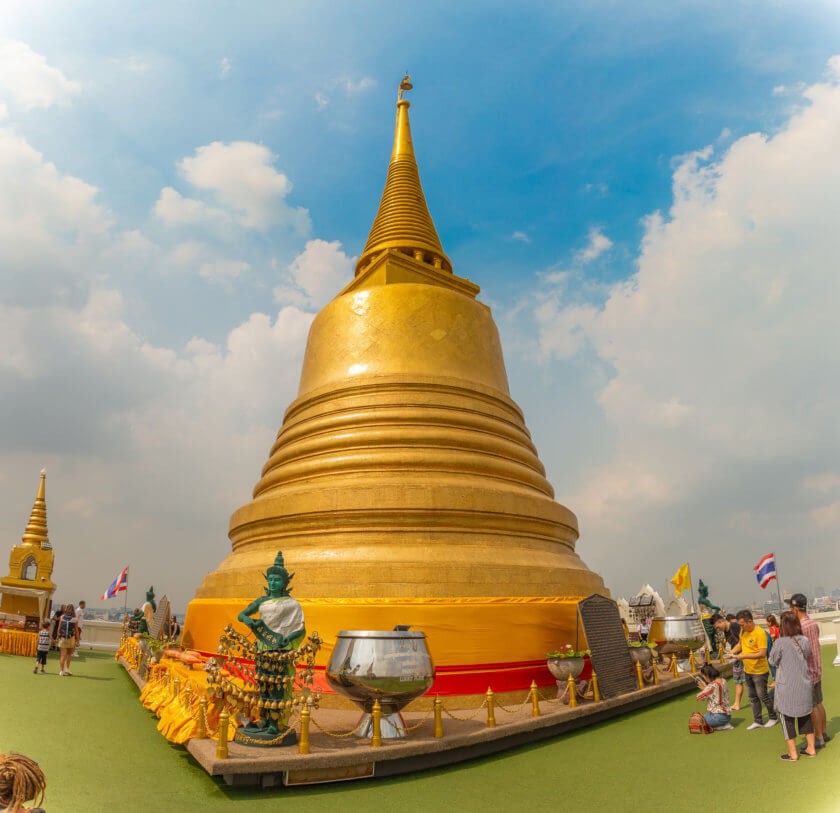
VISIT DUBAI: TOP 5 THINGS TO DO AND MUST-SEE ATTRACTIONS
1. The Burj Khalifa
The Burj Khalifa is for sure THE place to visit in Dubai!
The tallest skyscraper in the world (828 meters) has been open to the public since 2010 and has quickly become the symbol of the city.
Every day, thousands of visitors flock to the tower and take one of the fastest lift in the world up to the viewing platforms located on the 124th and 125th floors .
From there, you can enjoy an extraordinary panorama over the whole city!
And that’s not the highest point yet!
You can even go up to the 148th floor, to reach the highest viewing platform in the world (555 m high).
You should visit the Burj Khalifa in the evening, to enjoy the view over the illuminated city from the highest observation deck in the world.
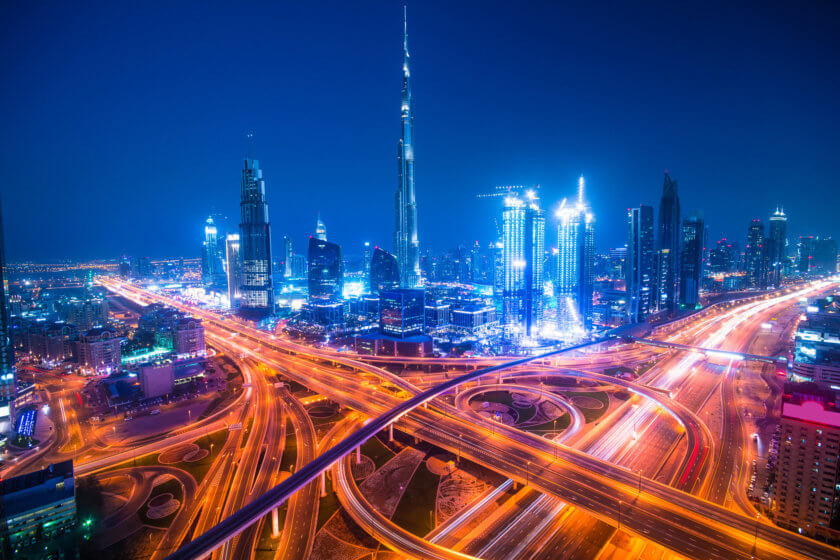
To visit the Burj Khalifa, you should really book your skip the line ticket online in advance.
This will allow you to choose your visit time slot and avoid the long waiting lines to buy your tickets.
Another important advantage is that tickets are cheaper online than directly at the counter. And that’s the same for all the activities you can do in Dubai!
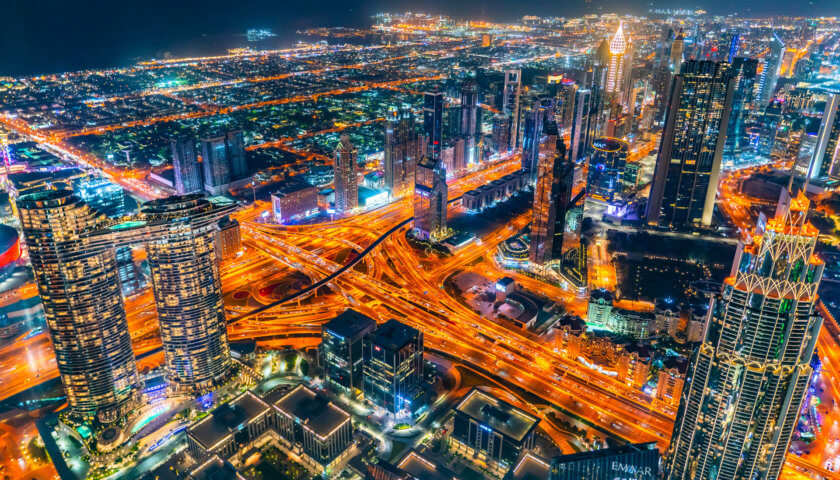
2. The Dubai Mall
In the city center, right next to the Burj Khalifa, there is the Dubai Mall.
This huge mall is the most visited shopping center in the world!
With more than 1200 shops and hundreds of restaurants, you will for sure find something that fits your taste and your budget.
And there is more:
This shopping temple also houses indoor waterfalls, an aquarium (more about it below), an ice rink, a go-kart track, a flight simulator, cinemas, arcade games and a lot more!
The Dubai Mall is open every day from 10am until midnight. Restaurants and food court until 1am.
If you want to prepare your visit, you can have a look to the official website to see all the existing shops, restaurants and attractions.
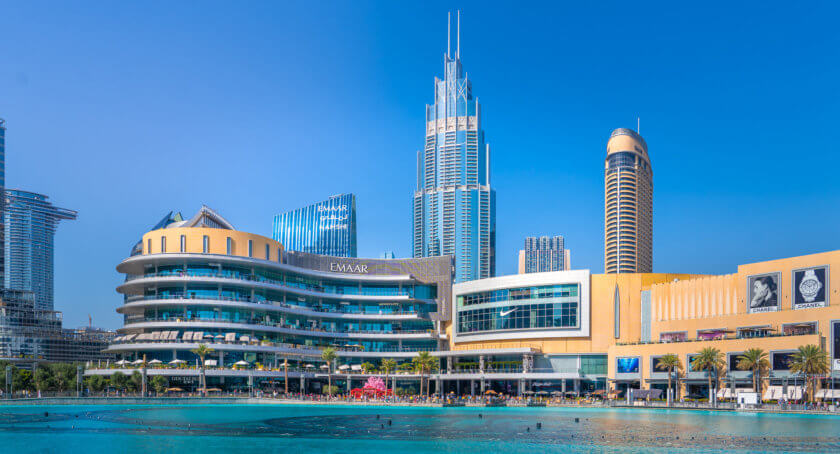
3. The Dubai Fountain
This fountain (the largest water fountain in the world) is one of Dubai’s main tourist attractions.
The fountain show takes place several times a day on the artificial lake located at the exit of Dubai Mall, at the foot of Burj Khalifa.
You must attend it during your trip to Dubai!
The best is to go there at nightfall, when the tower is illuminated. It’s simply magical to watch the ballet of water jets dancing to music.
The show takes place every 30 minutes between 18.00 and 23.00 (there are also a few during the day).
The access is free of charge.
Quick tip: To get a great viewpoint, try to be there as early as possible, as the fountain show attracts thousands of tourists!
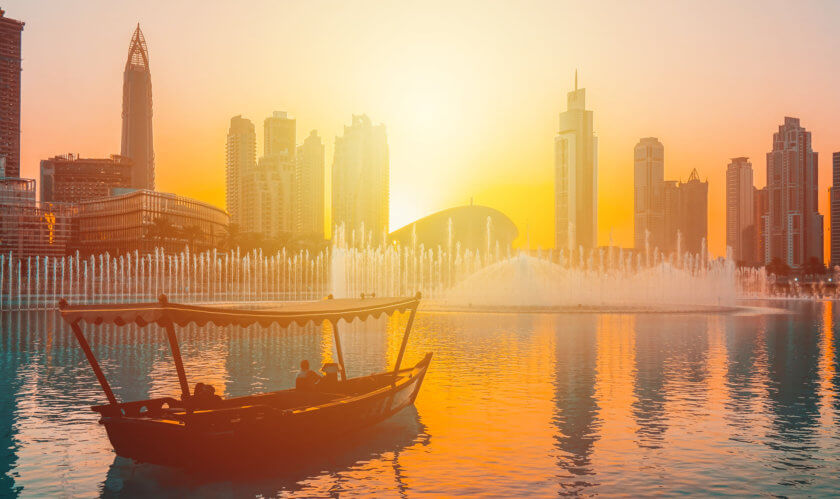
4. Deira district and its souks
Dubai isn’t just about luxury and excess: there are still traditional and authentic neighborhoods to visit!
During your stay, you should really take a stroll through Deira district, a picturesque and popular place featuring several souks:
- The Gold Souk and its large number of shops with magnificent jewellery displays. It’s the largest of its kind in the Middle East.
- The Perfume Souk, in Sikkat Al Khail street.
- The Spice Souk and its colourful stalls to stock up on curry, saffron, cinnamon and more.
To visit the Old Dubai and Deira, the best is clearly to book a guided tour!
During this 3-hour tour, your guide will show you the souks as well as Dubai Museum, which I mention a bit further down this article.
The guide is really amazing, he will teach you everything about the culture, religion, daily life and history of Dubai.
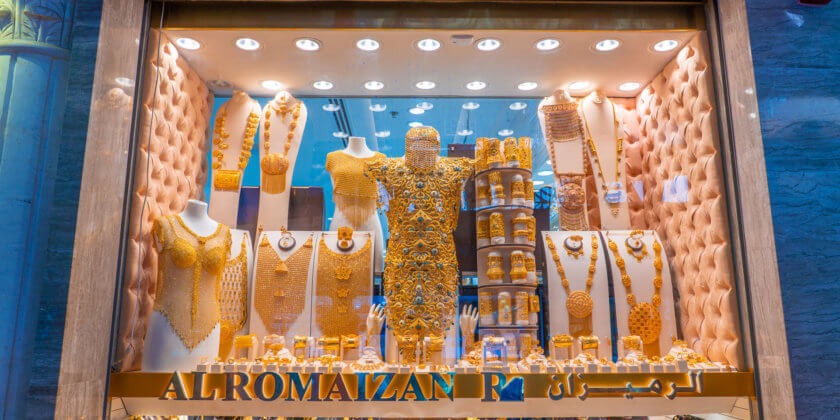
5. Bur Dubai
Bur Dubai is the other typical district you should definitely visit in Dubai.
This neighborhood is also one of the oldest in the city. It’s located just opposite Deira, on the other side of Dubai Creek.
To get there, you will have to take an Abra, a small traditional wooden boat (1 AED per person).
The short crossing will allow you to enjoy a beautiful view and see “Dhows”, the old ships with bright colors supplying the souks with goods.
Here are the best places to visit in Bur Dubai:
- Sheikh Saeed Al Maktoum House: The old house of the Al Maktoum family until 1958. You will see photos and documents about the history of the city.
- Old Souk, one of the oldest in Dubai. You can find everything there: slippers, souvenirs, fabrics, traditional lamps…
- Meena Bazaar, a market where you can buy Indian goods: fabrics, spices, jewelry.
- Hindi Lane and its Indian stalls. The best place to try traditional dishes at a reasonable price.
- Sheik Mohamed Cultural Center: Here you can have lunch with an Emirati in a traditional house. The center was opened by the Sheikh to allow tourists to learn more about United Arab Emirates (UAE) traditions. Reservation is required, click here.
- Al Seef Market, where you can admire replicas of traditional houses, with restaurants and shops.
- Dubai Museum: I will tell you more about it in section 9 of this guide.
